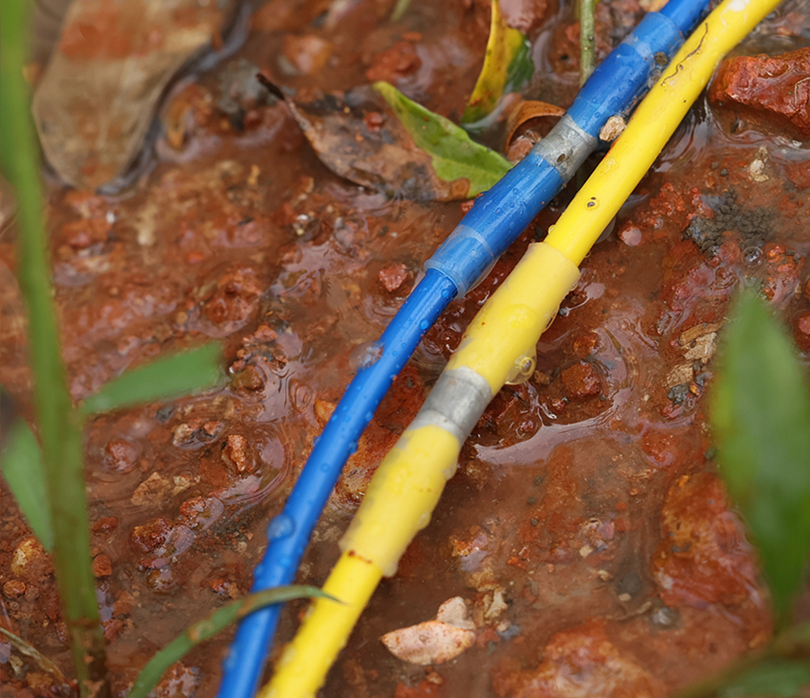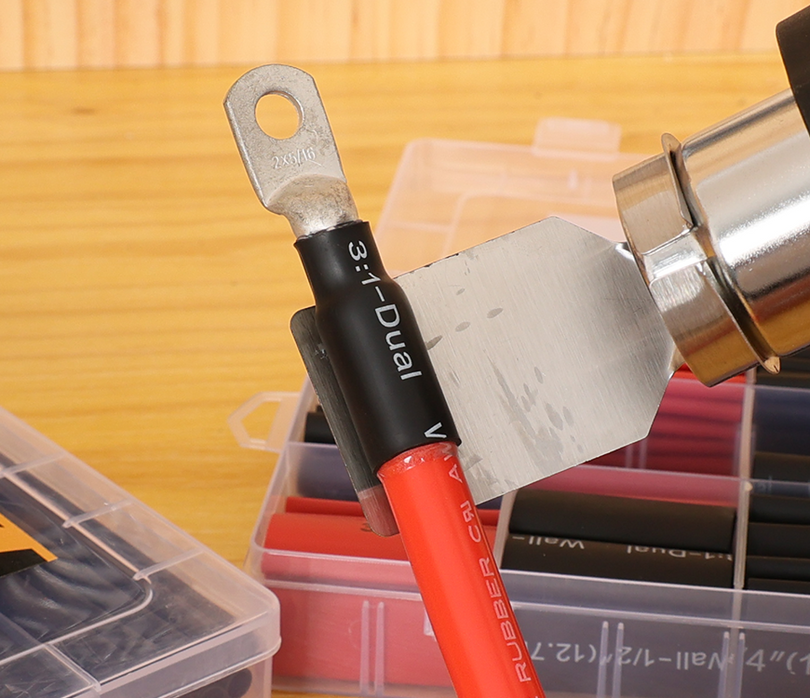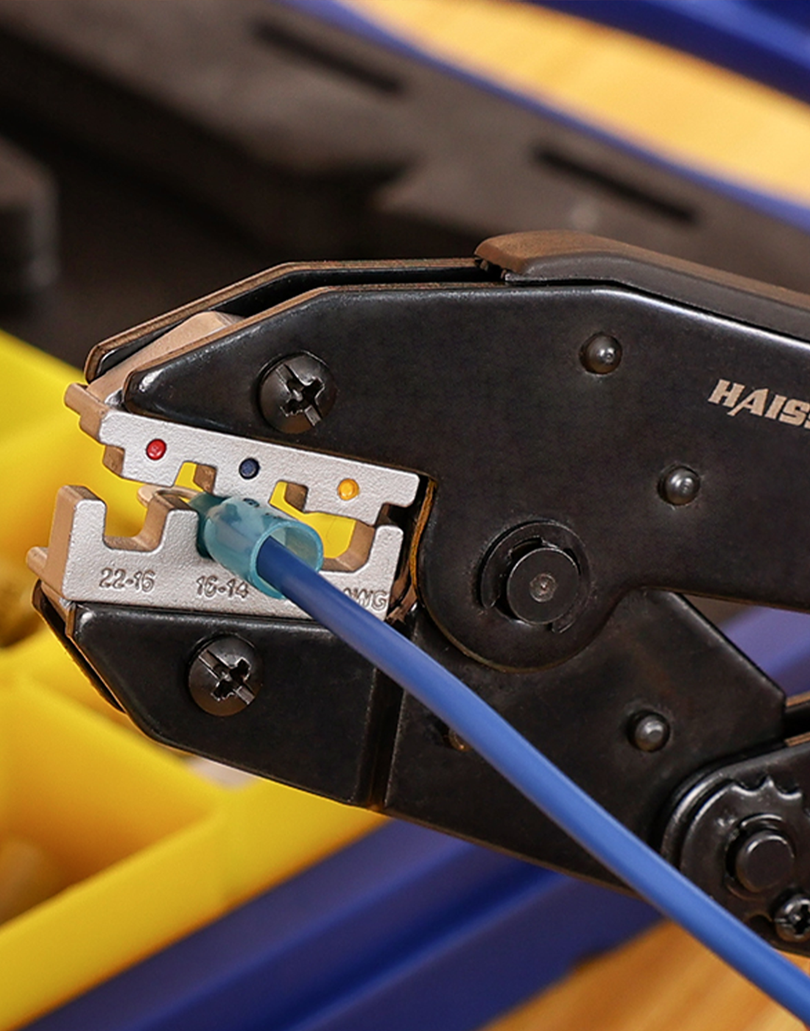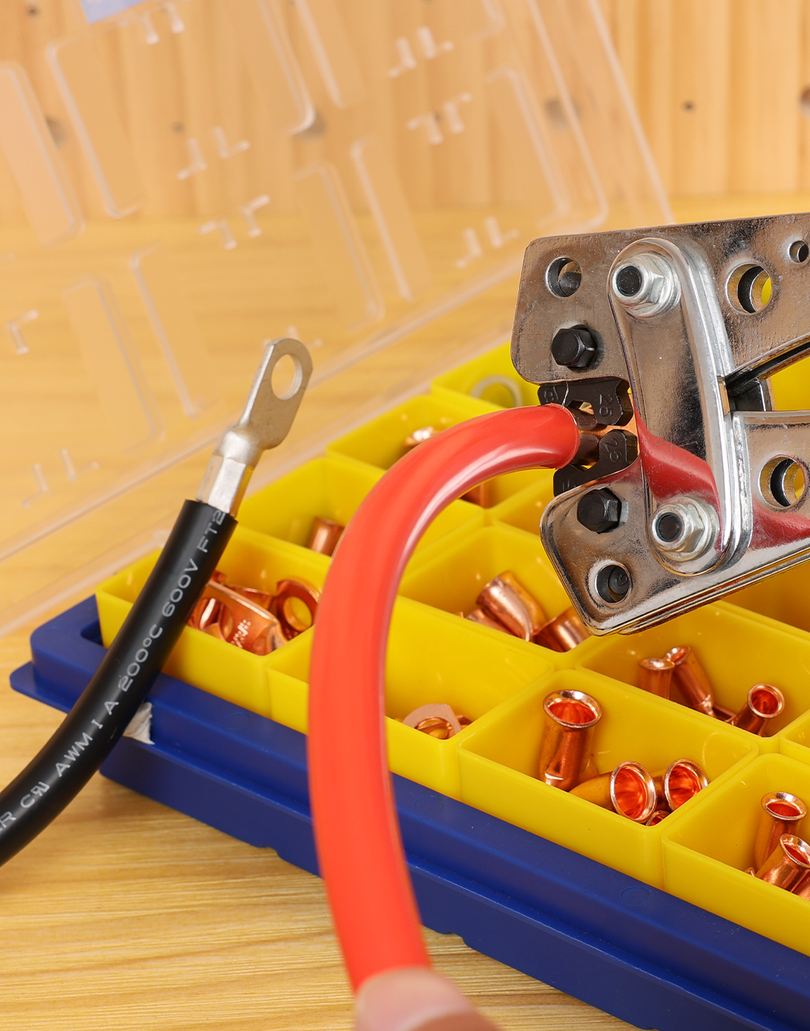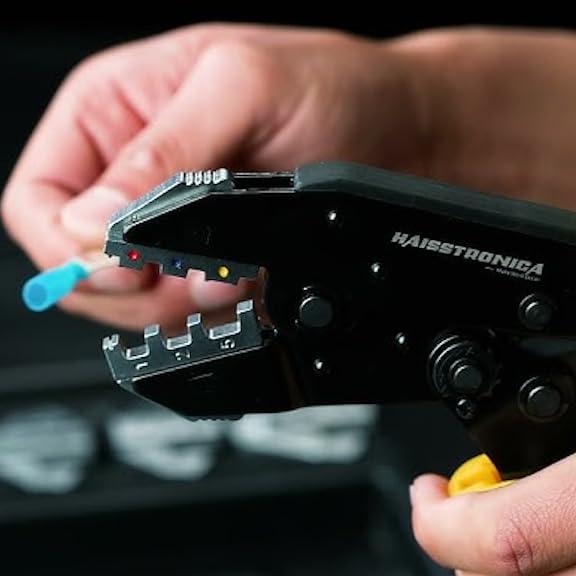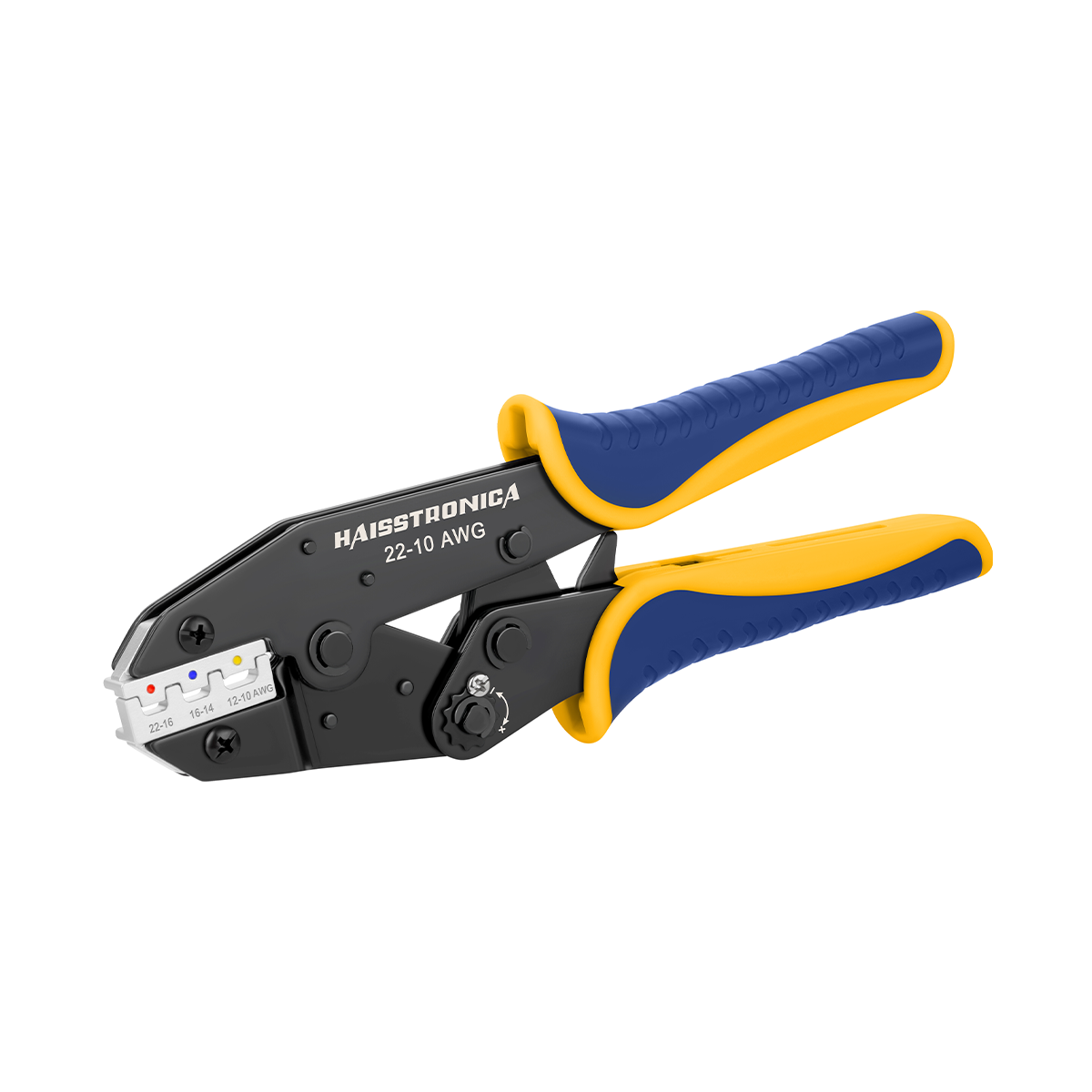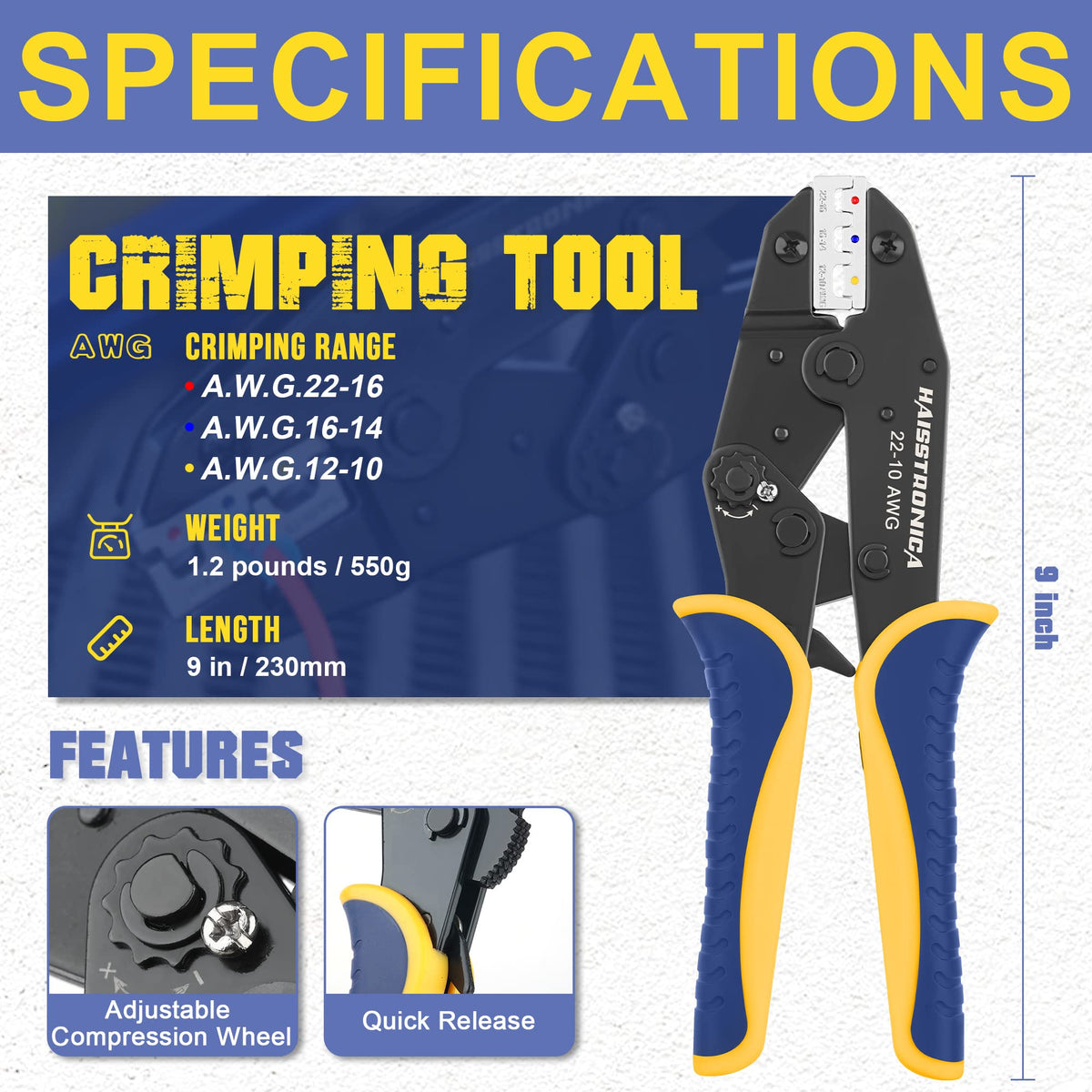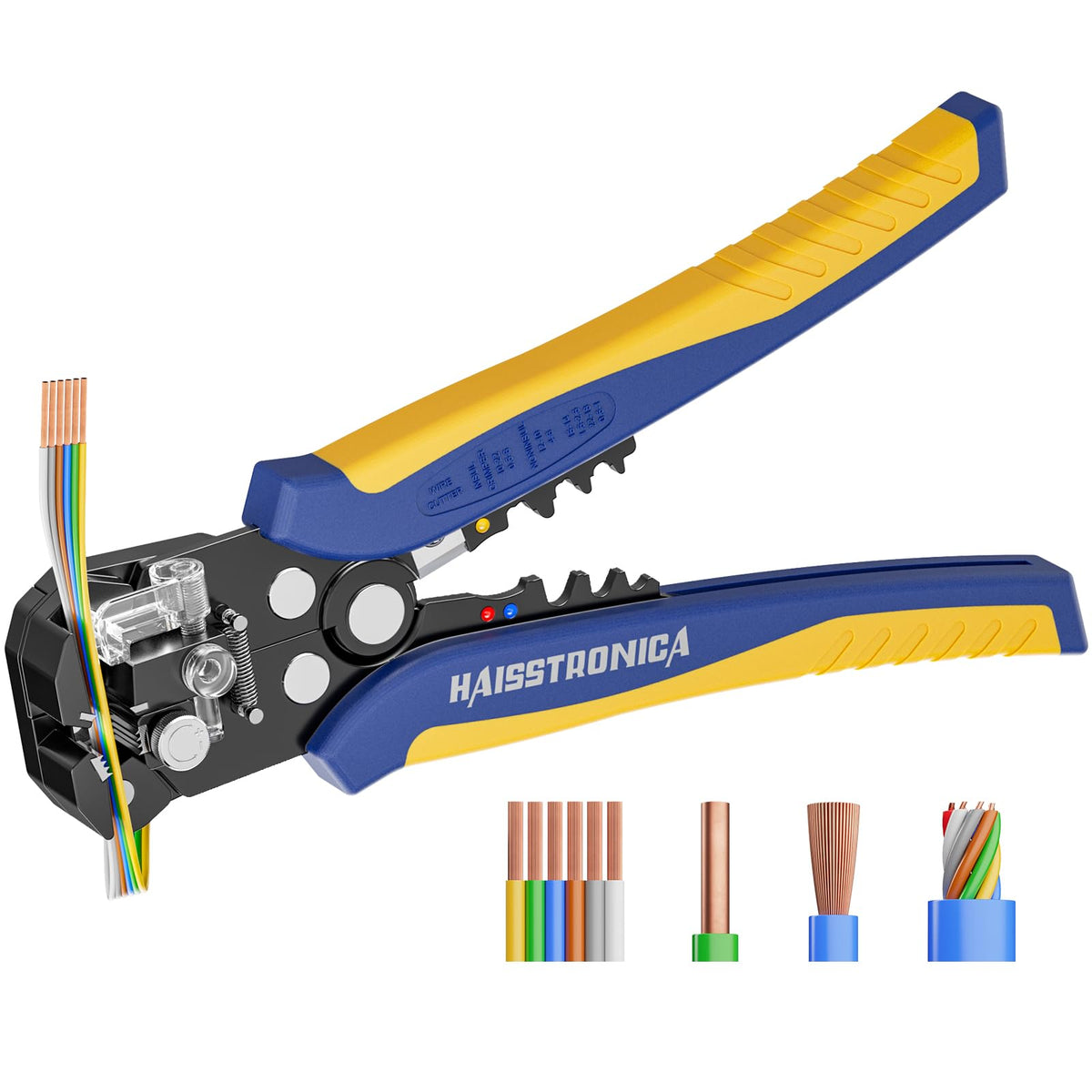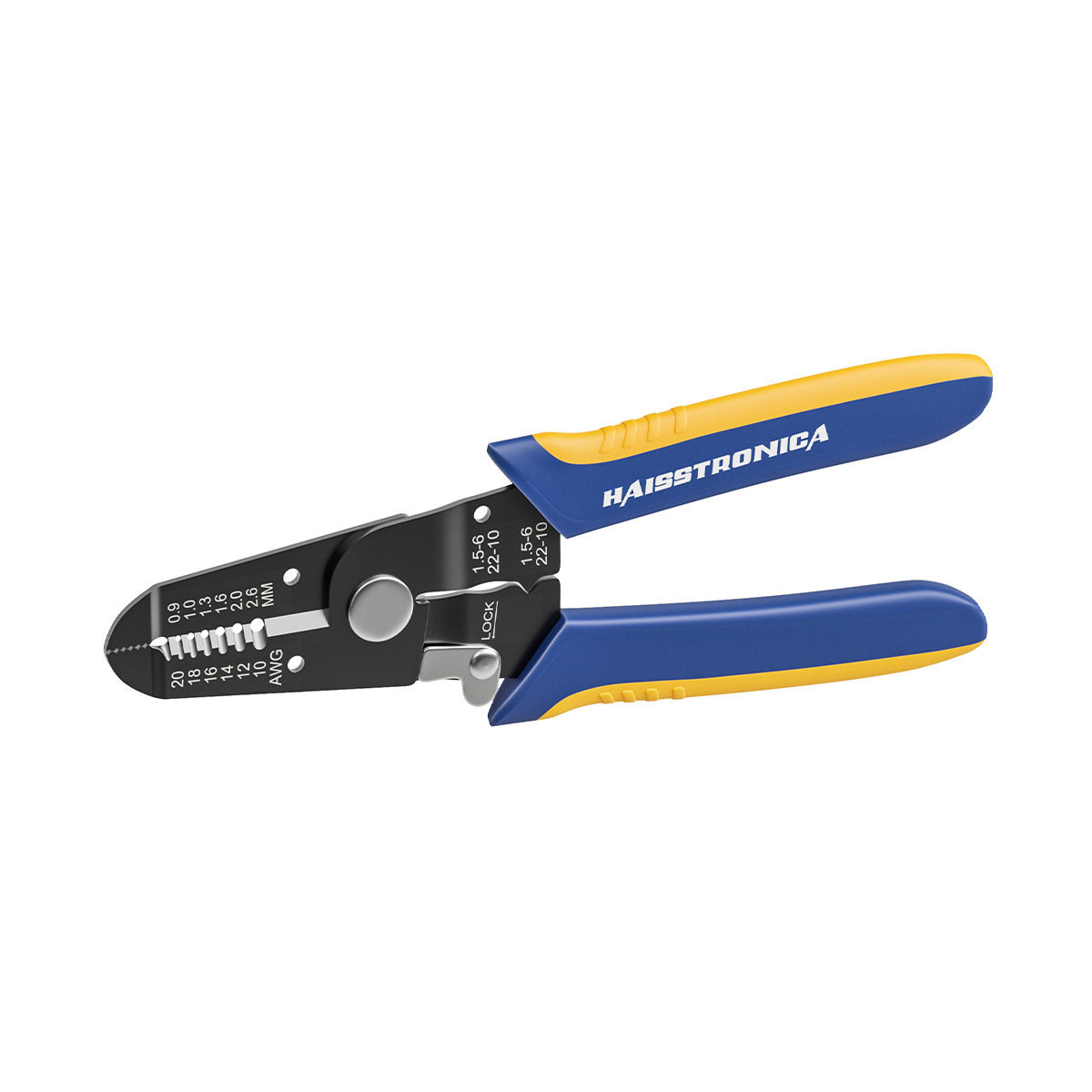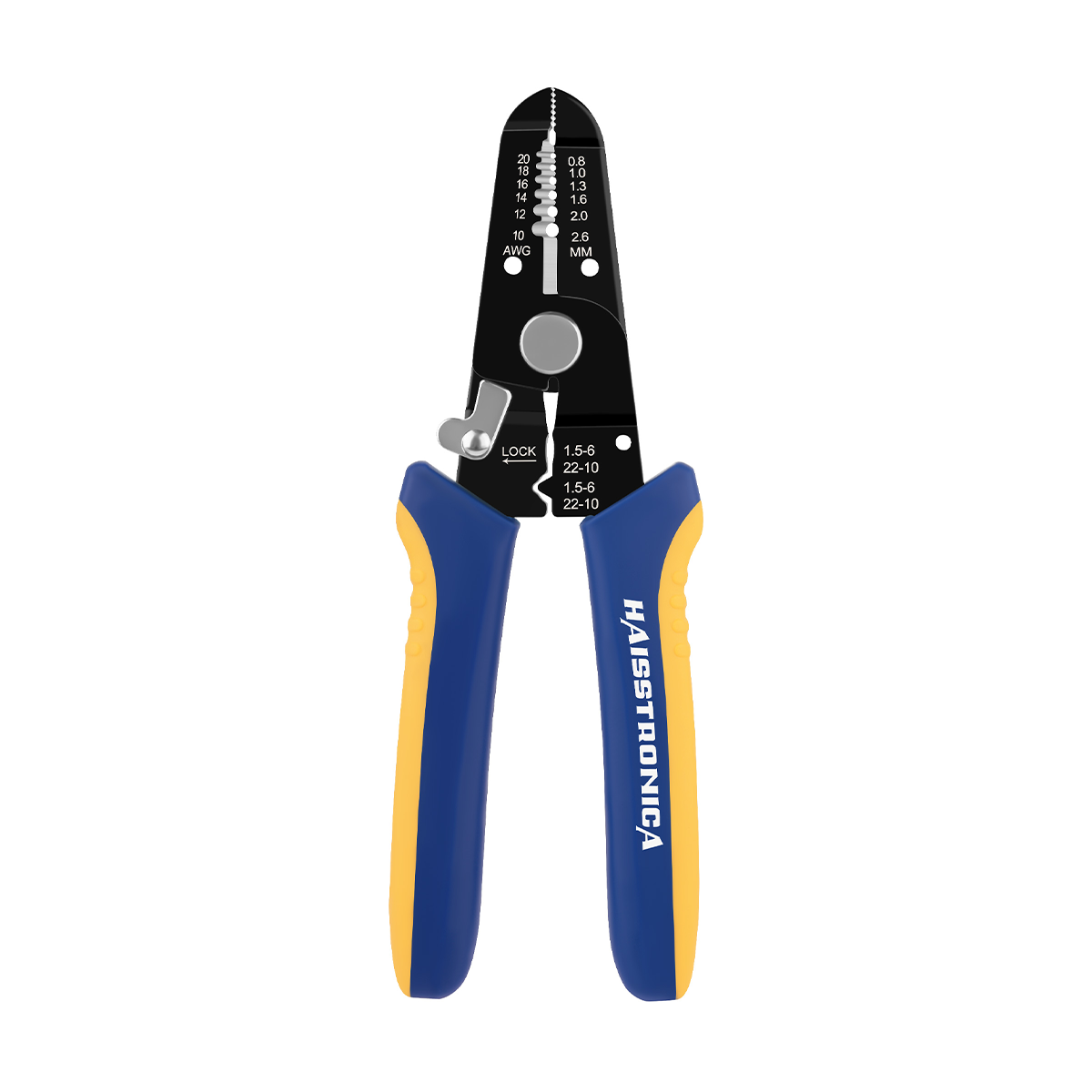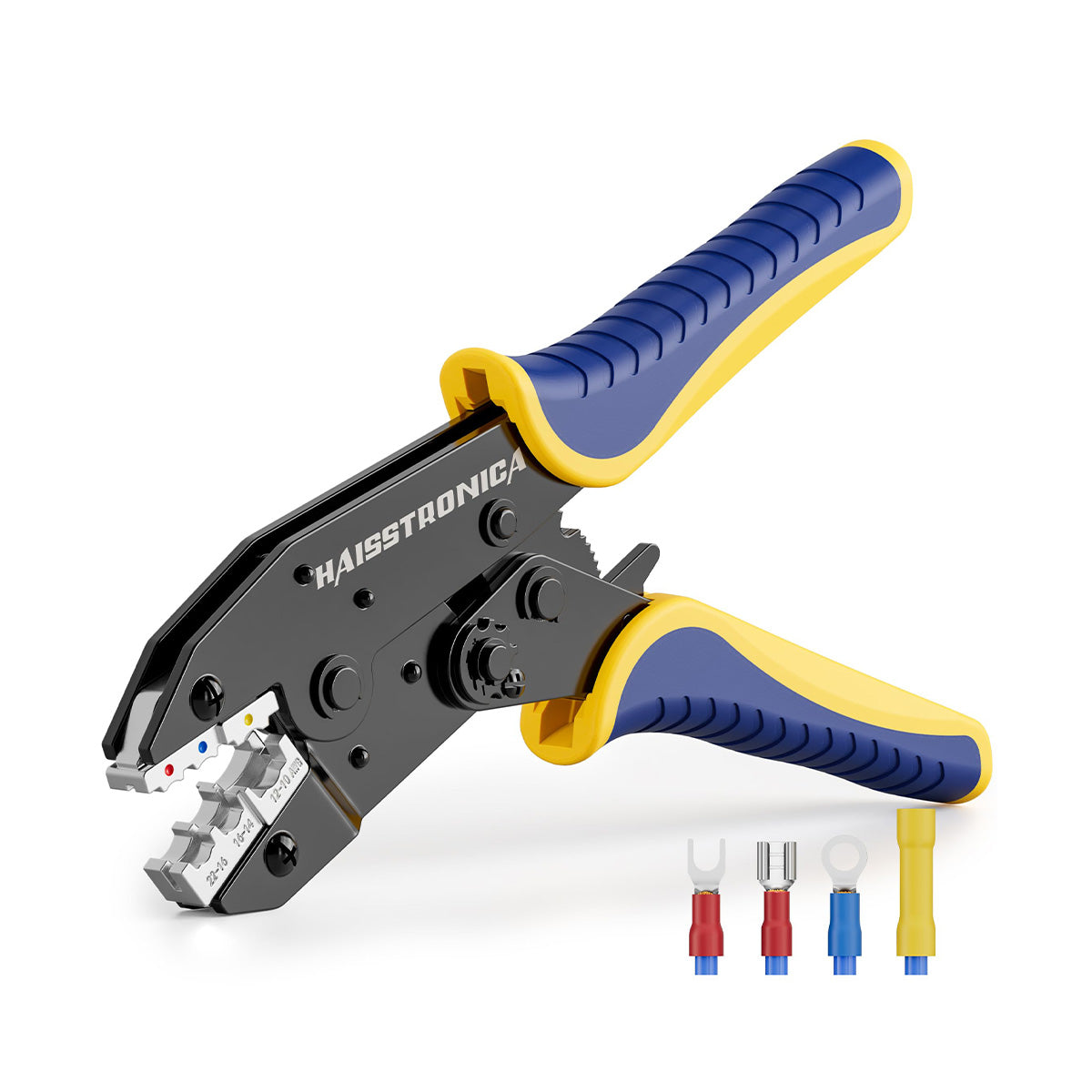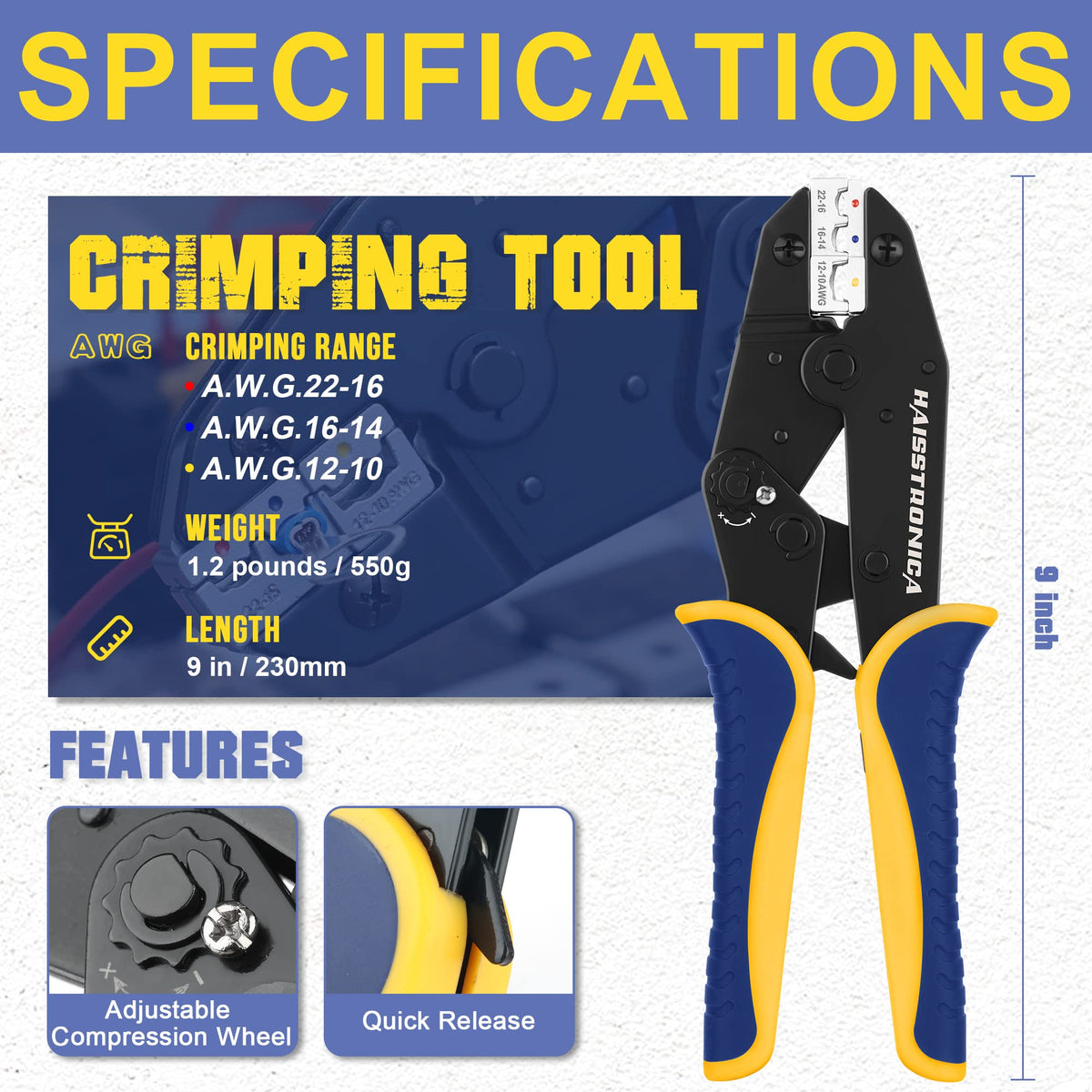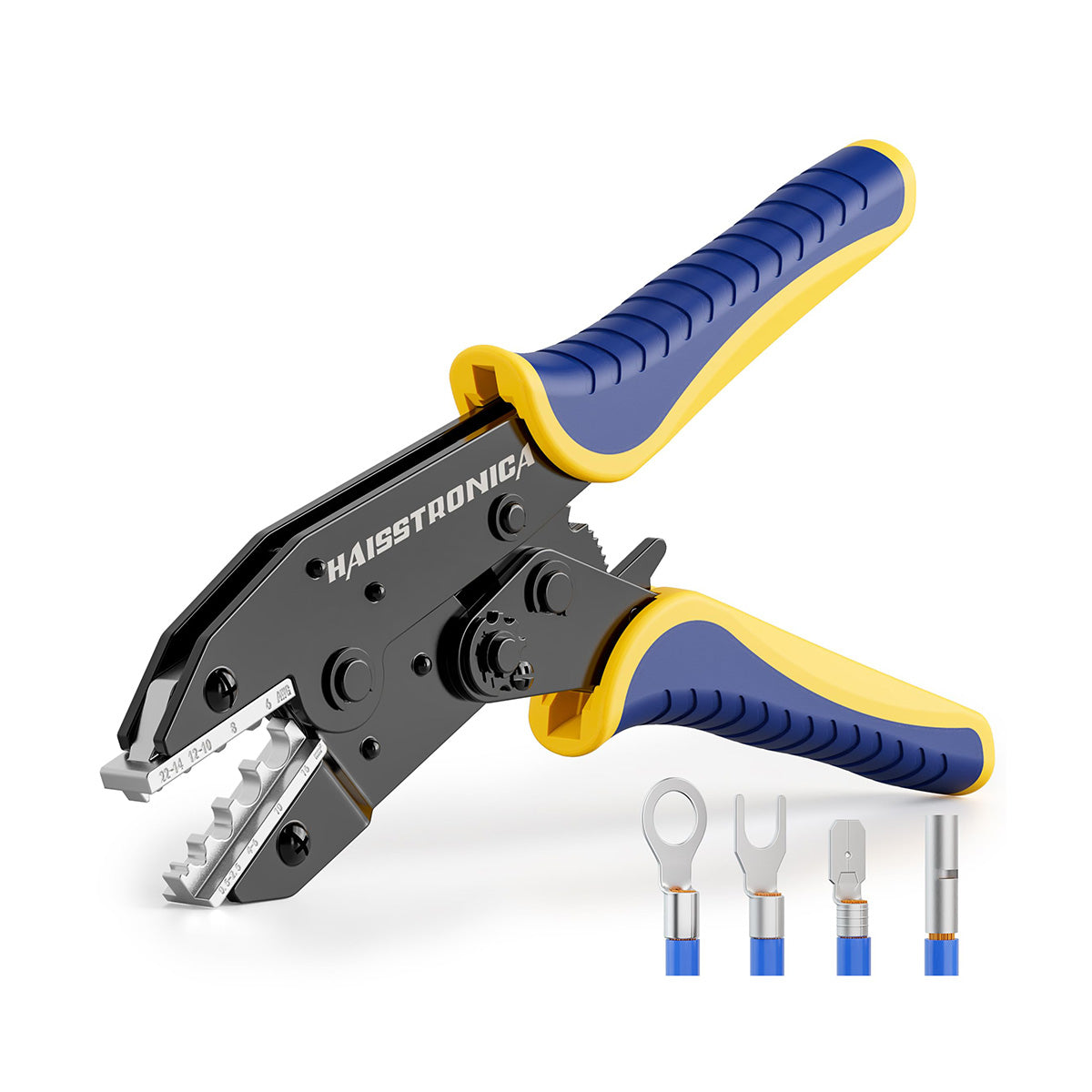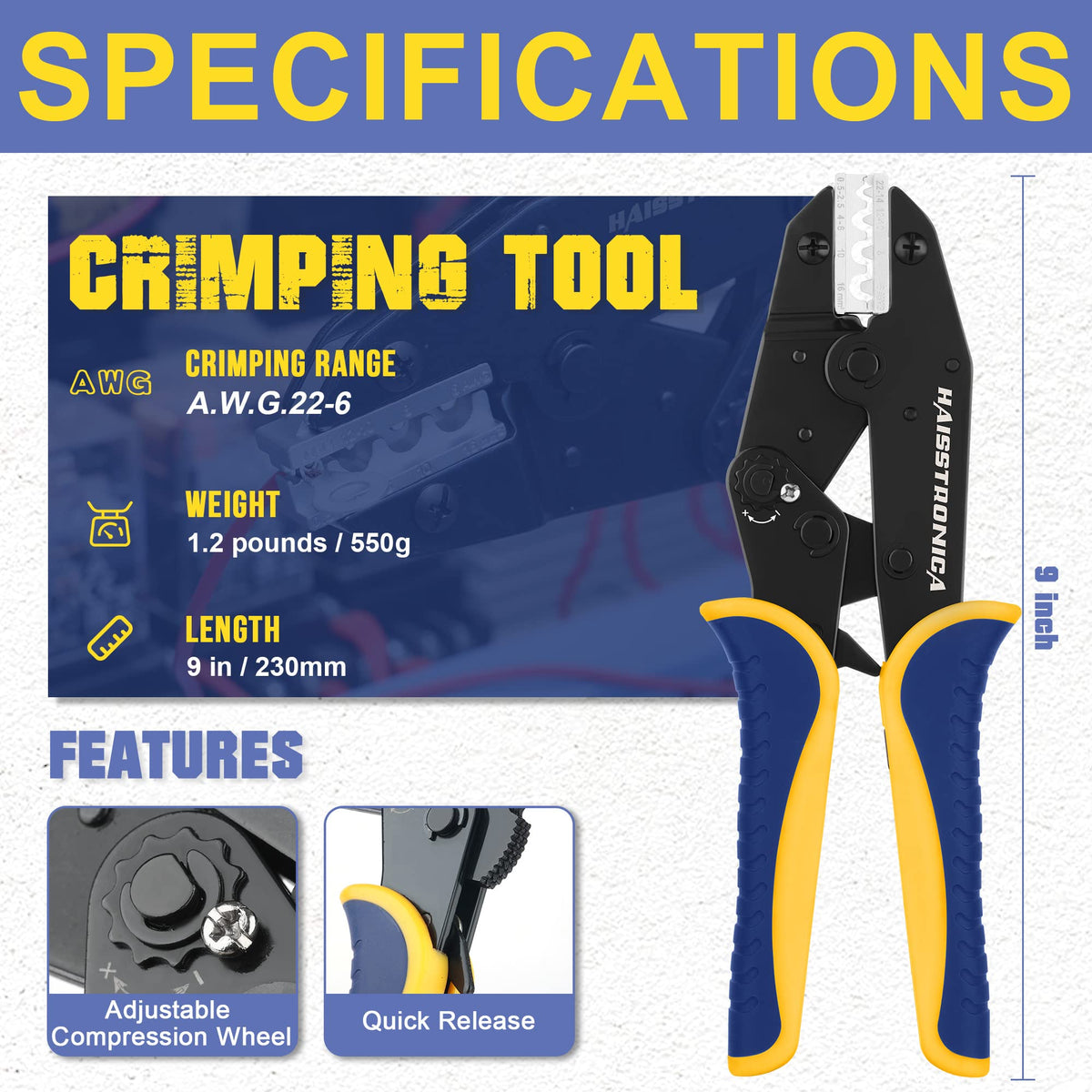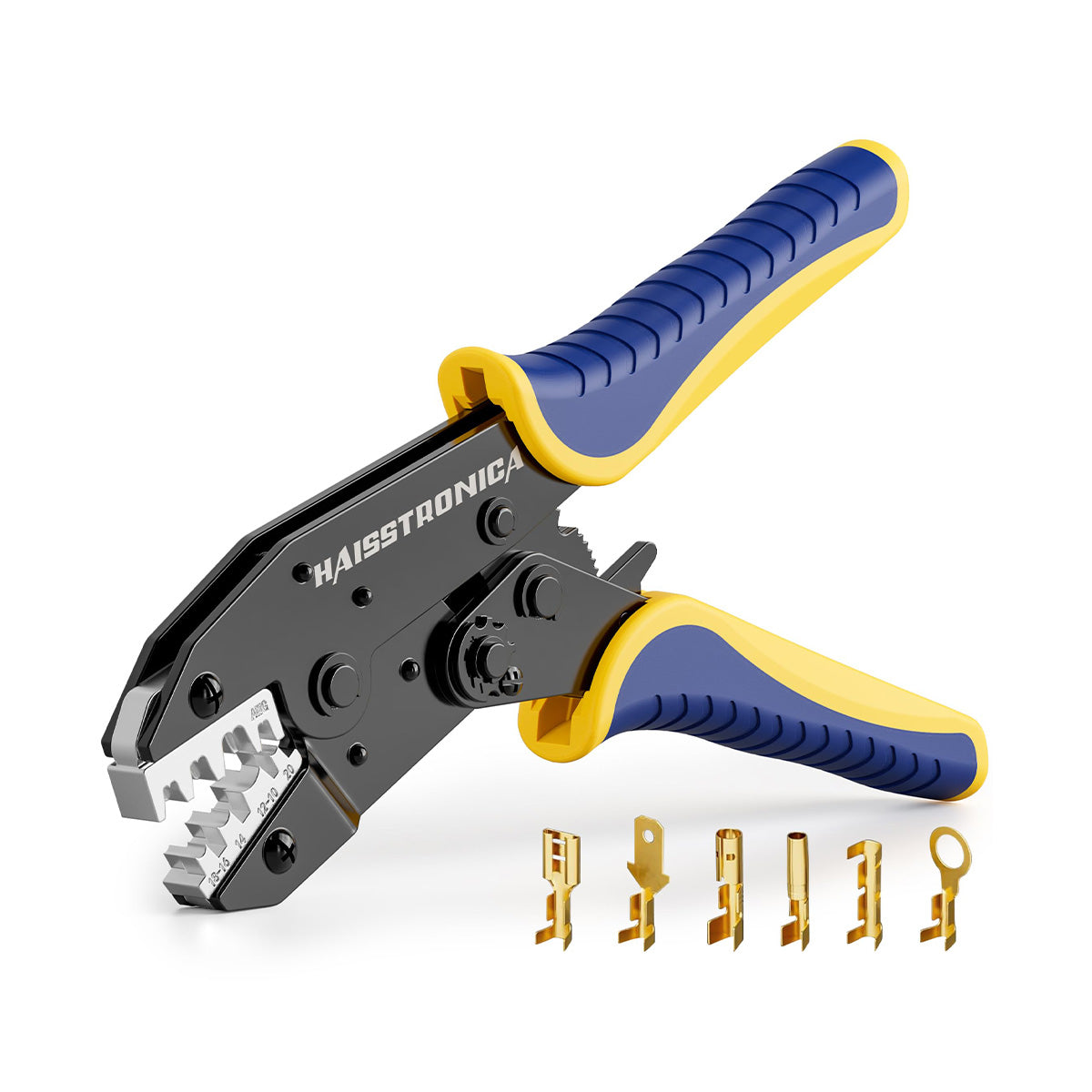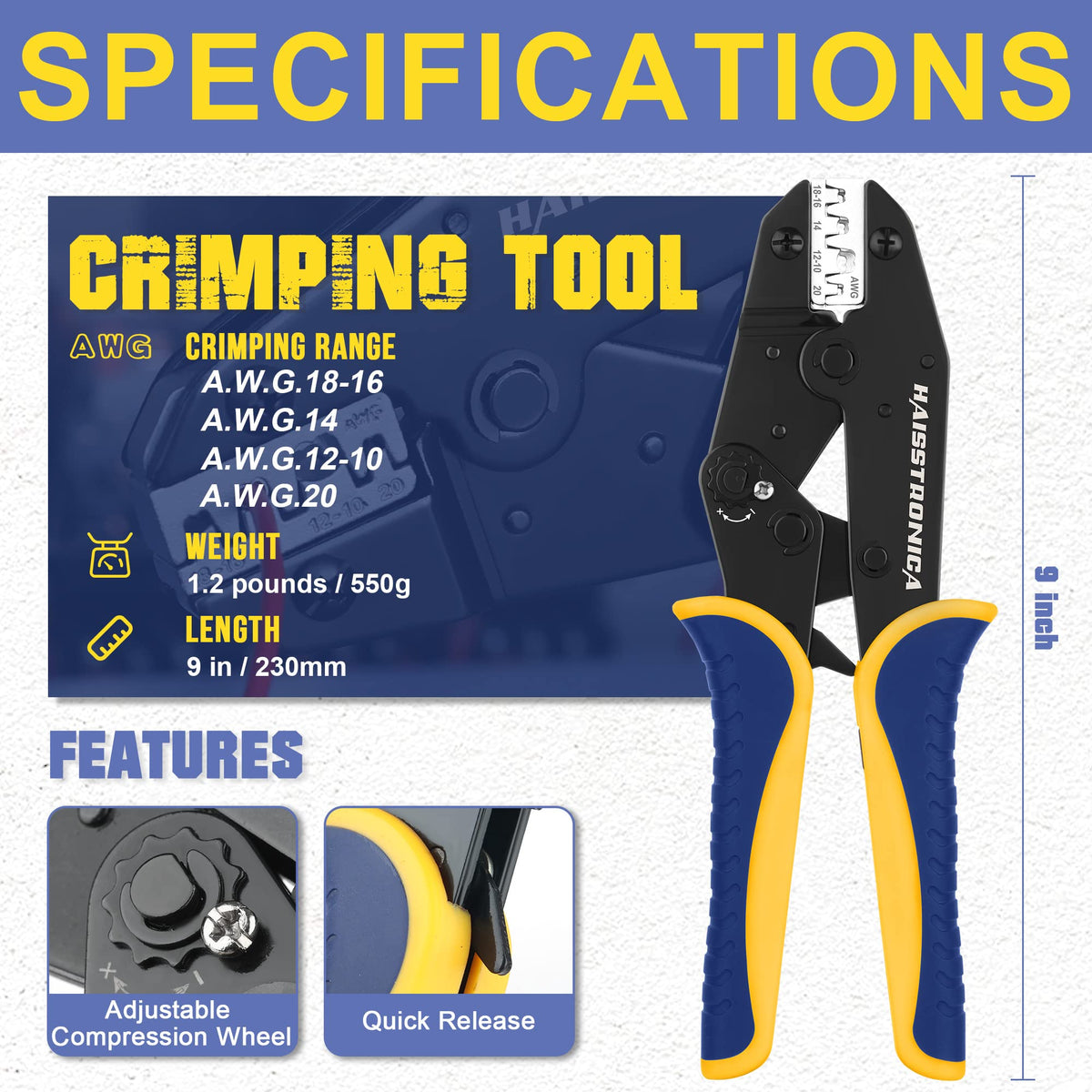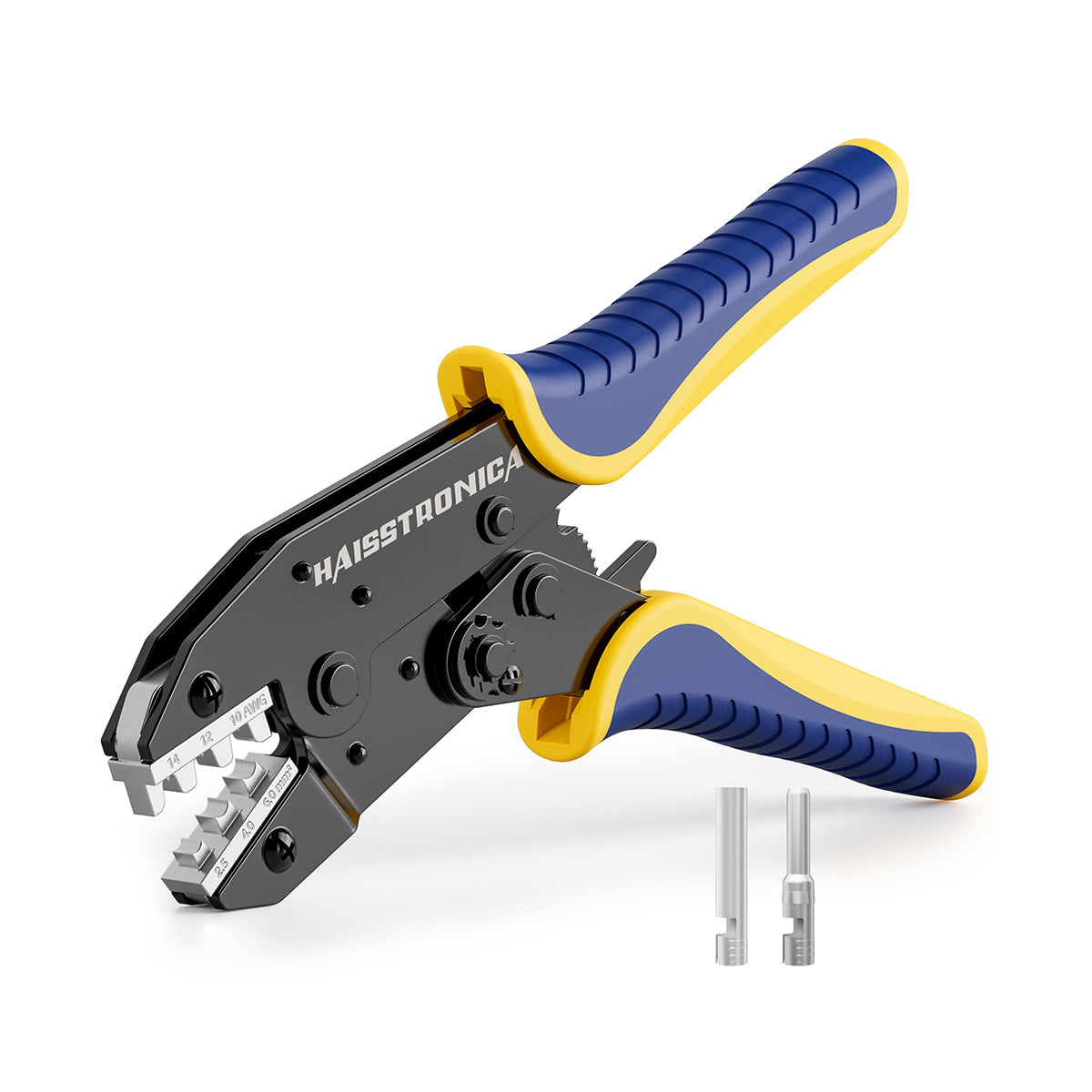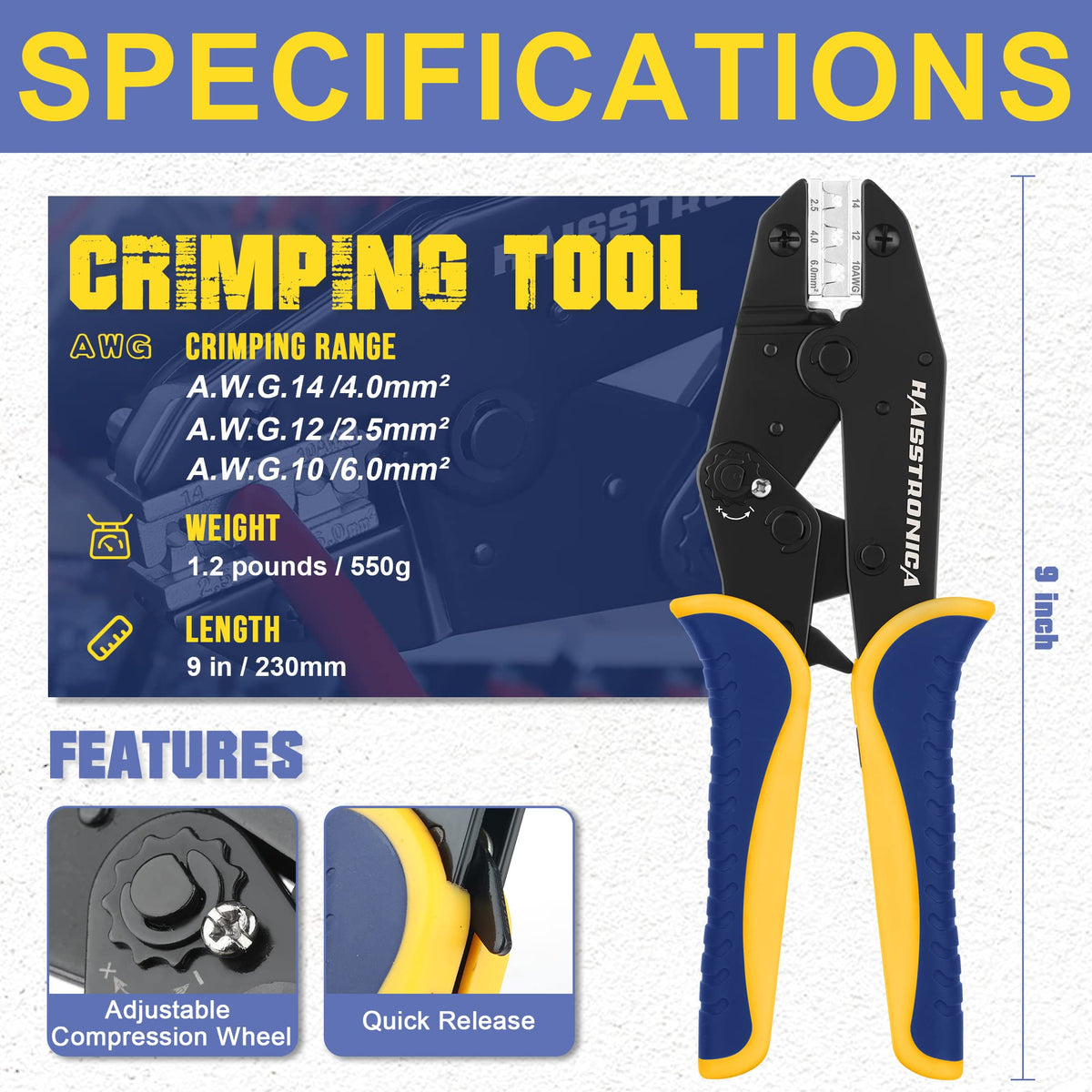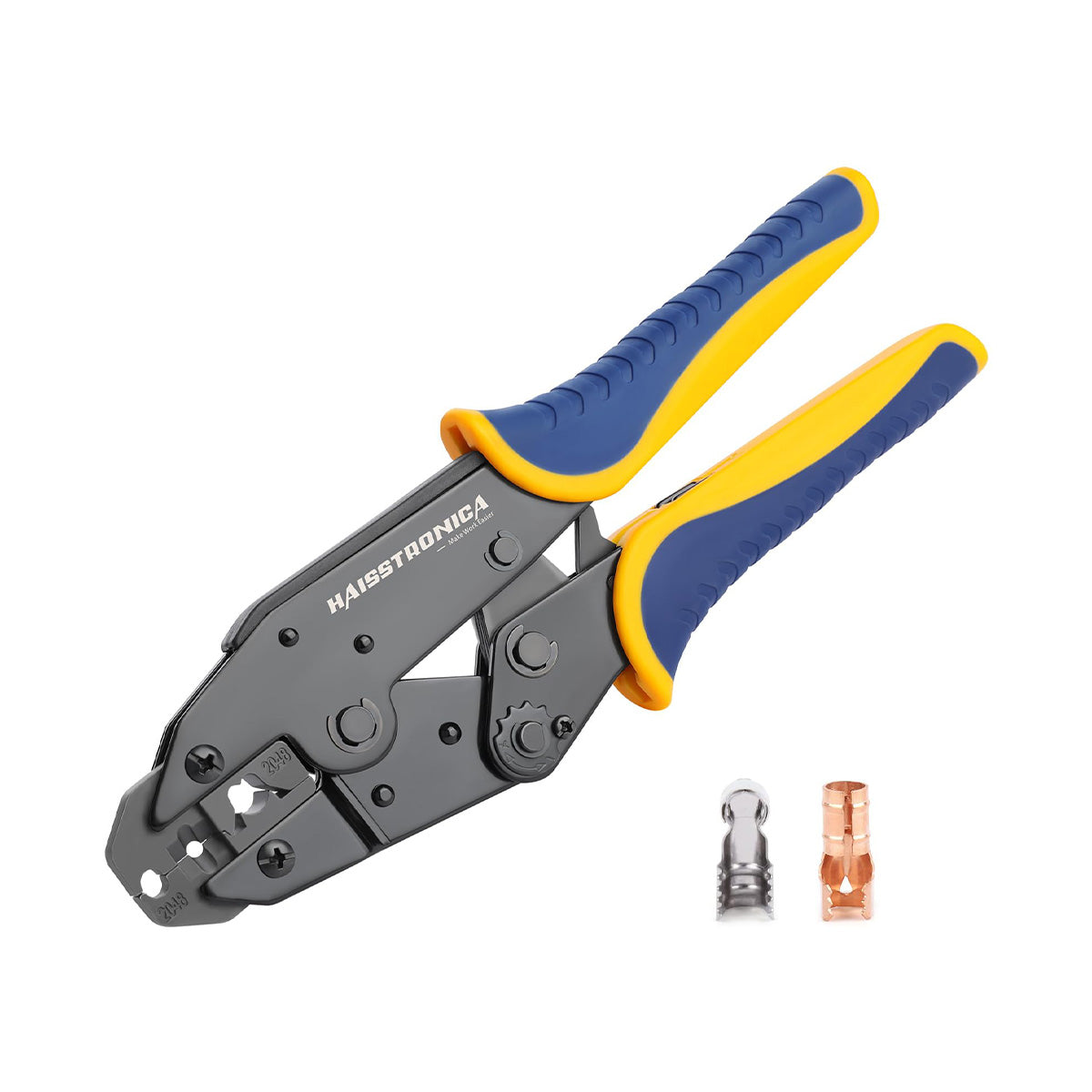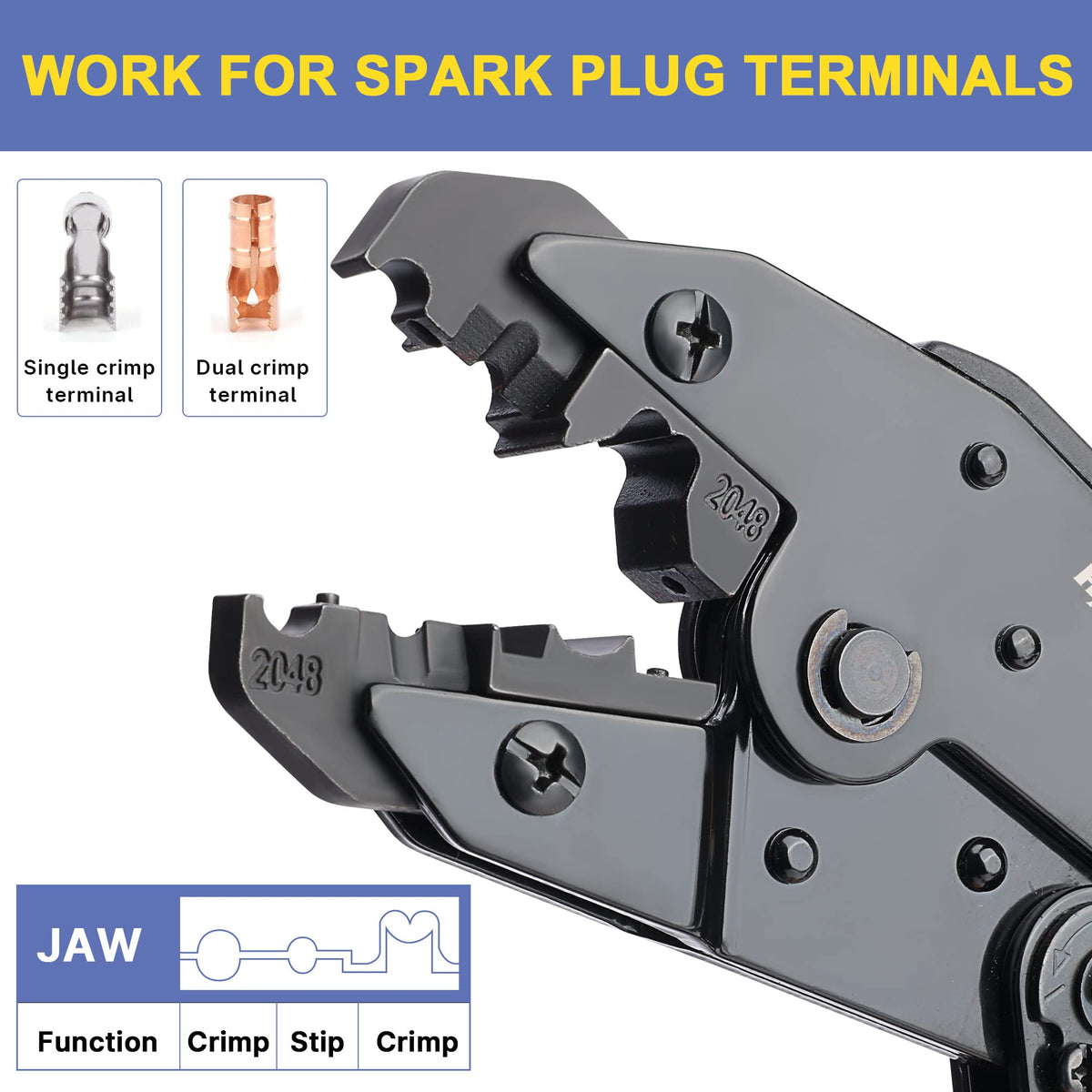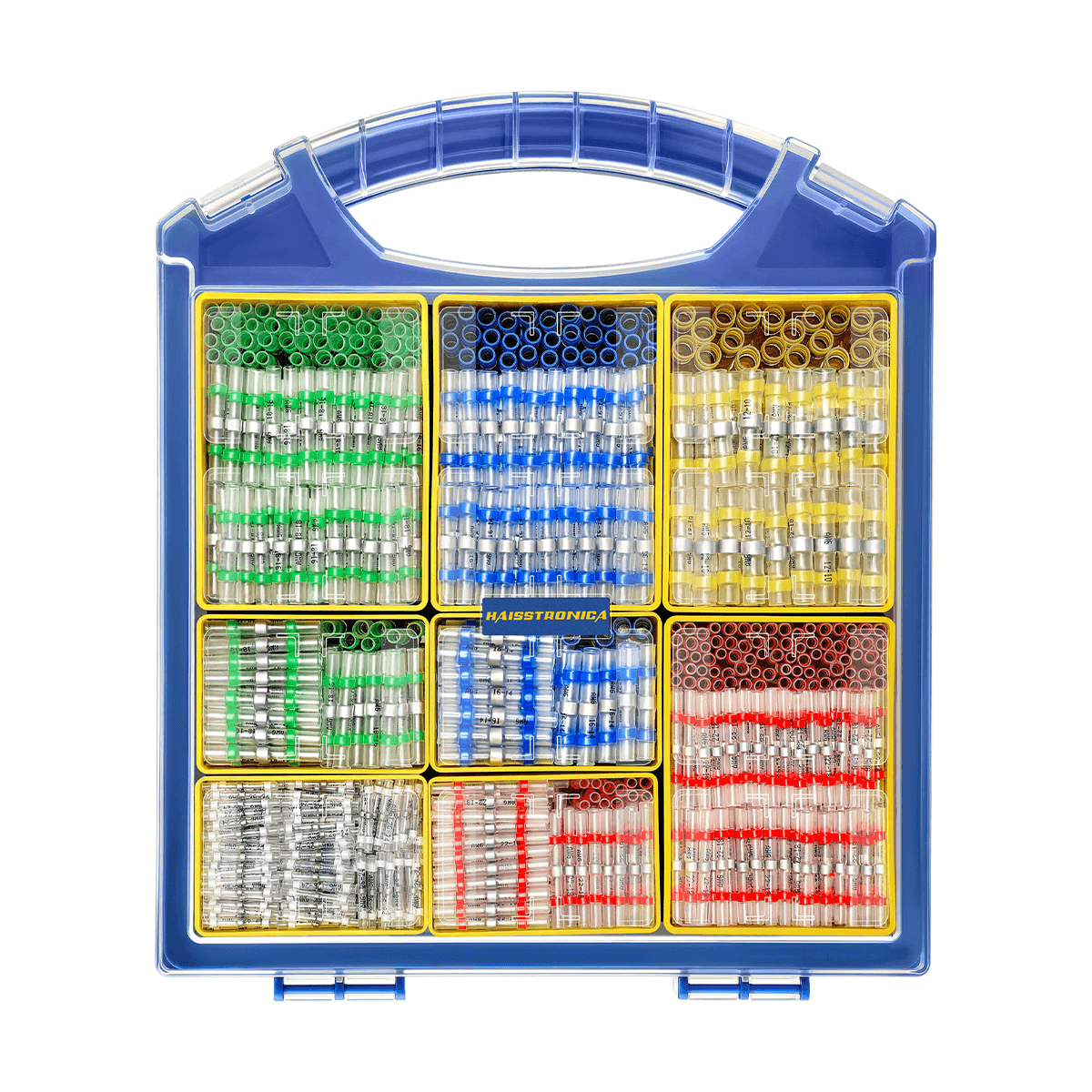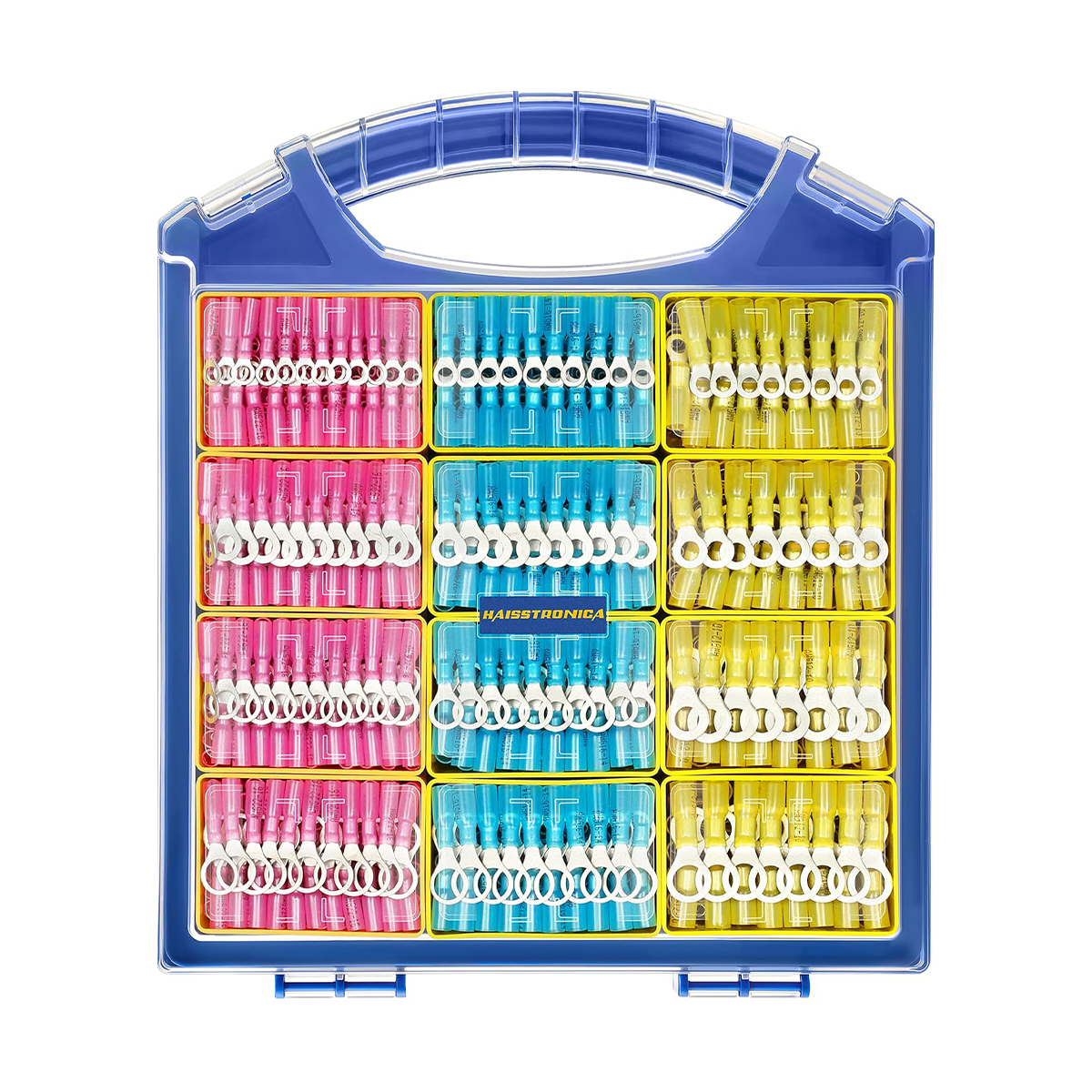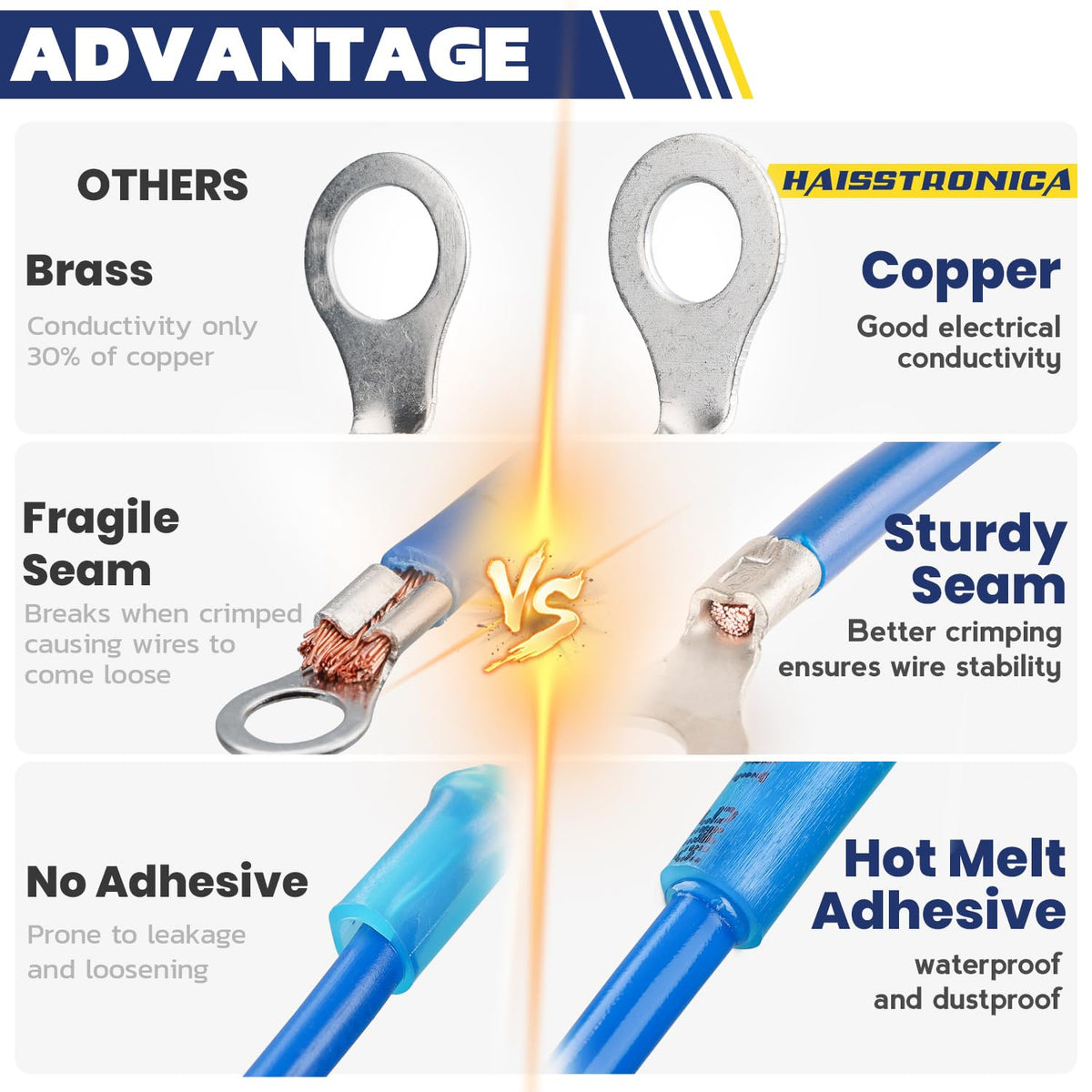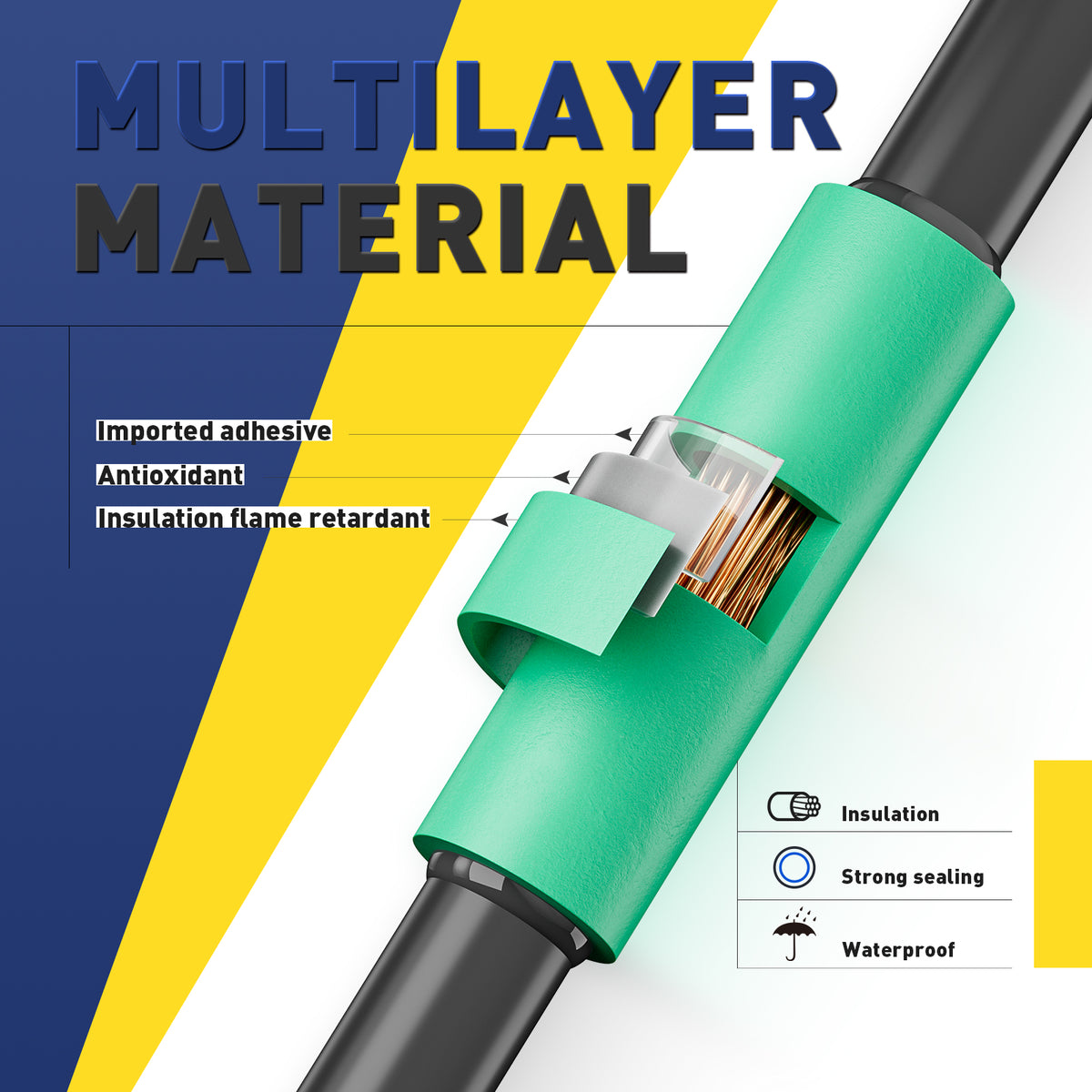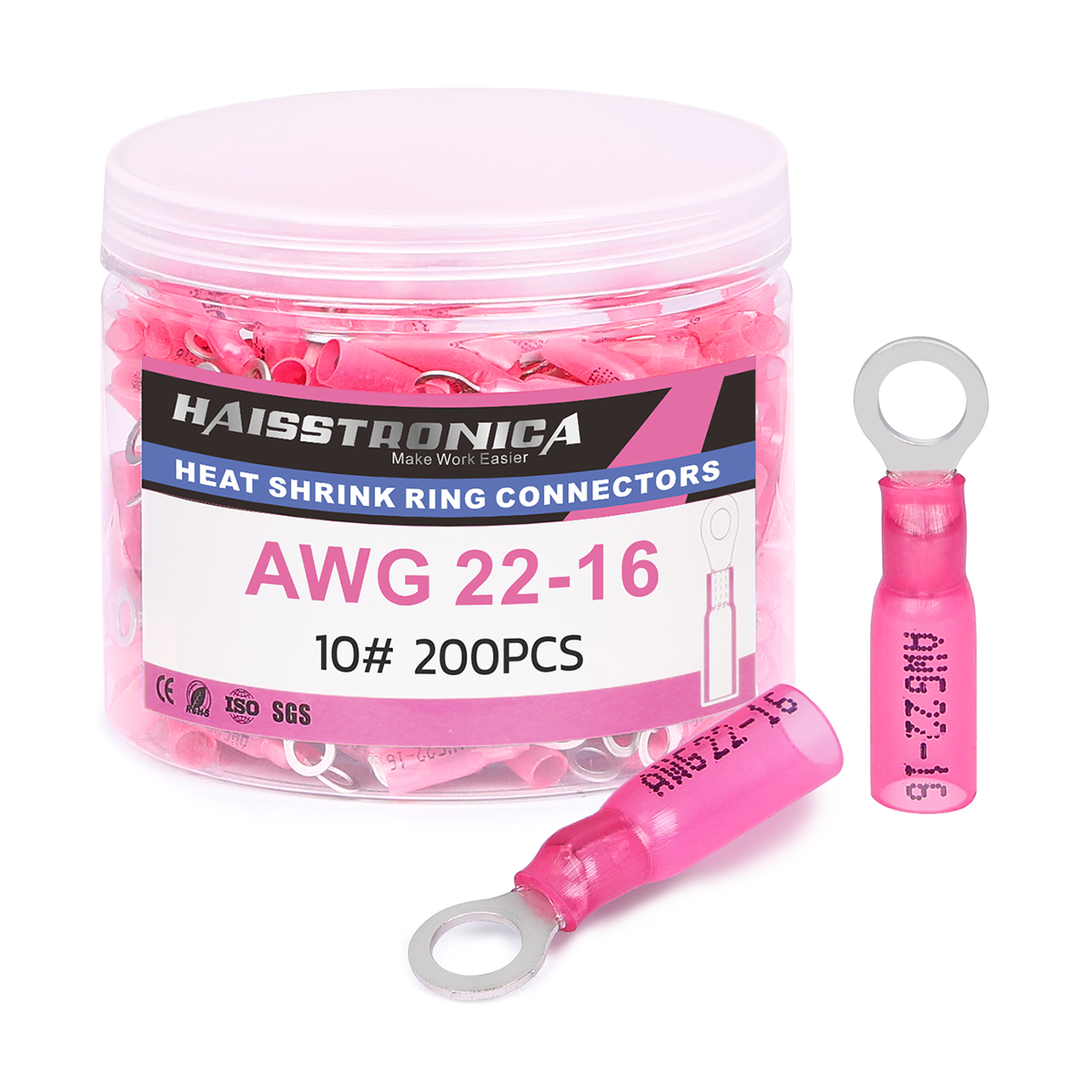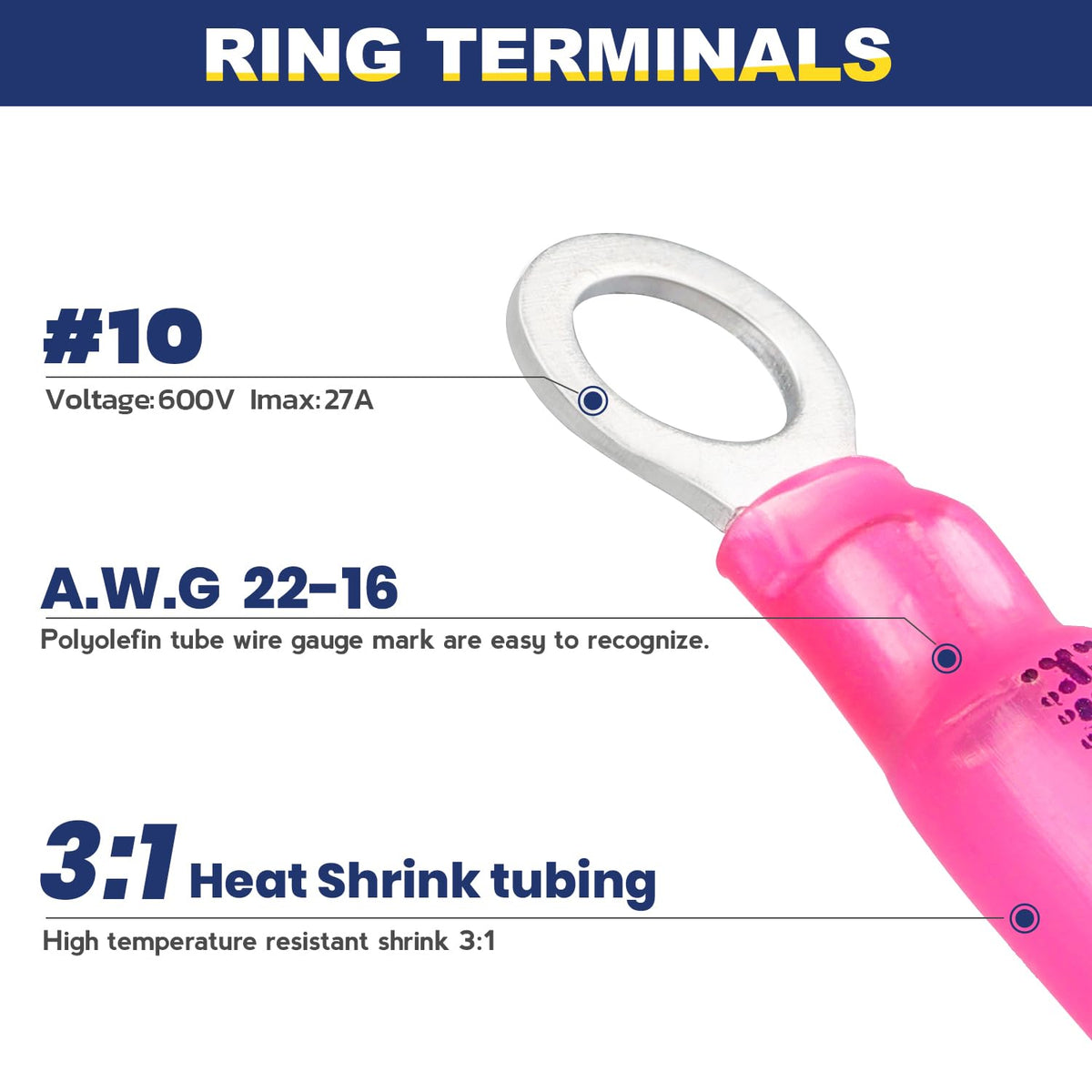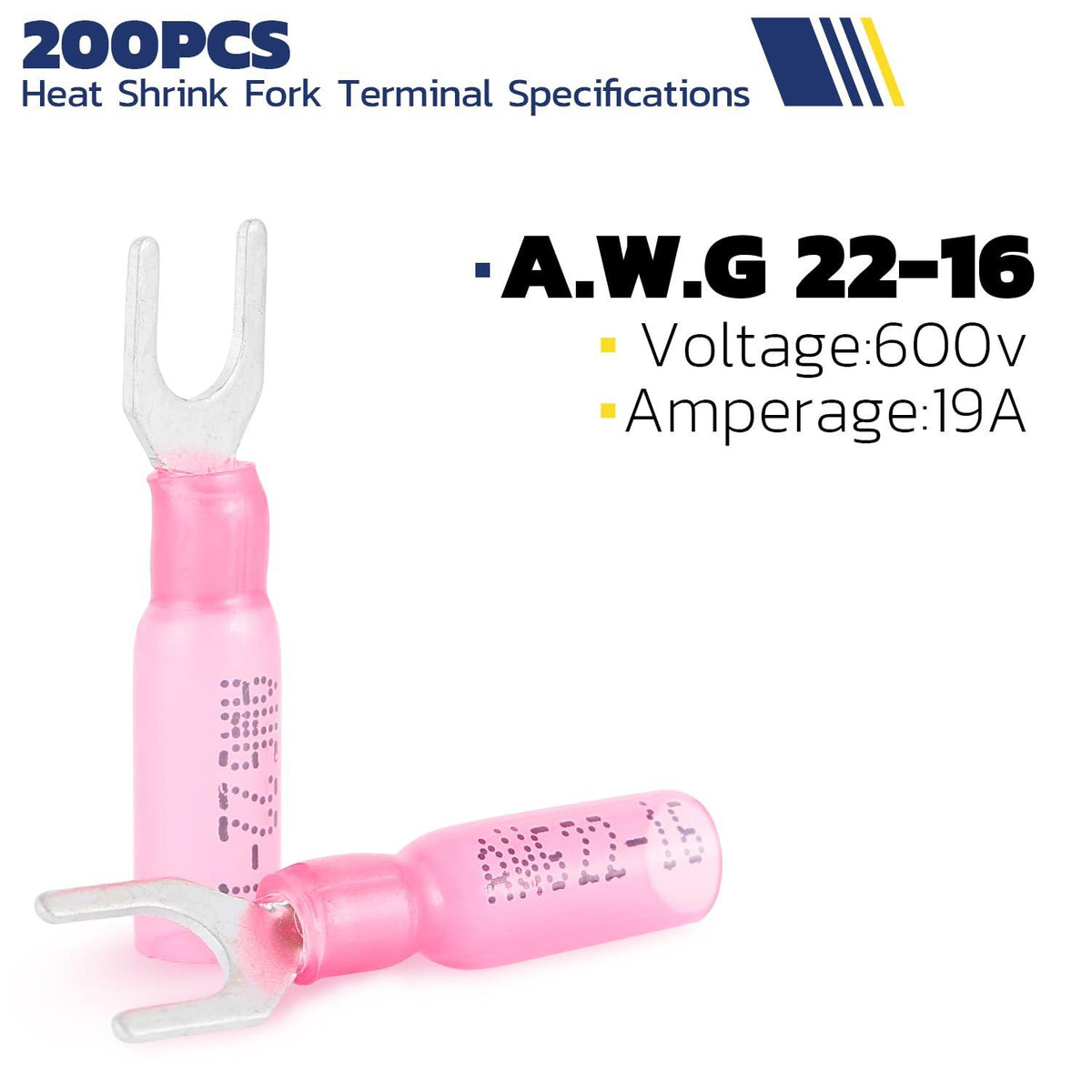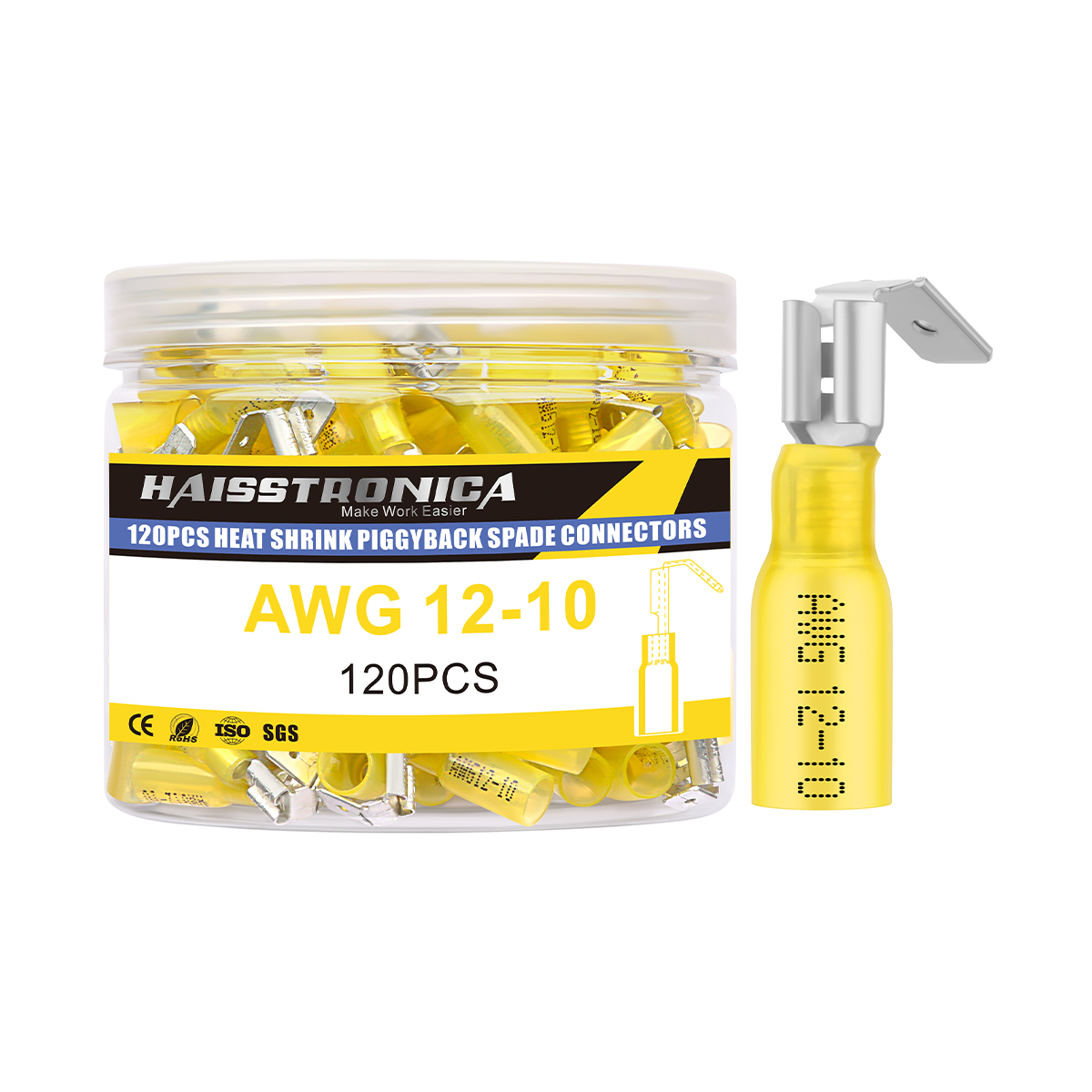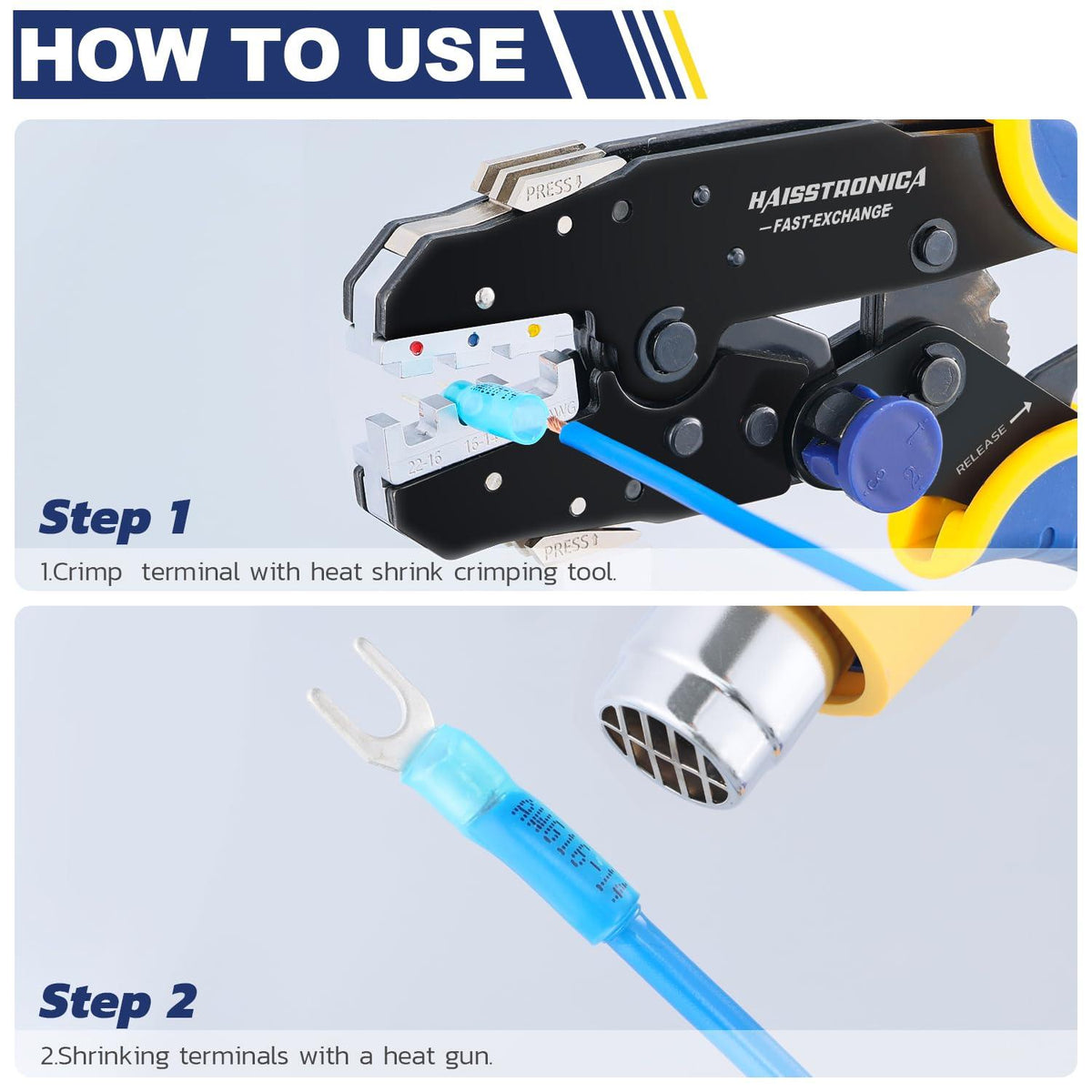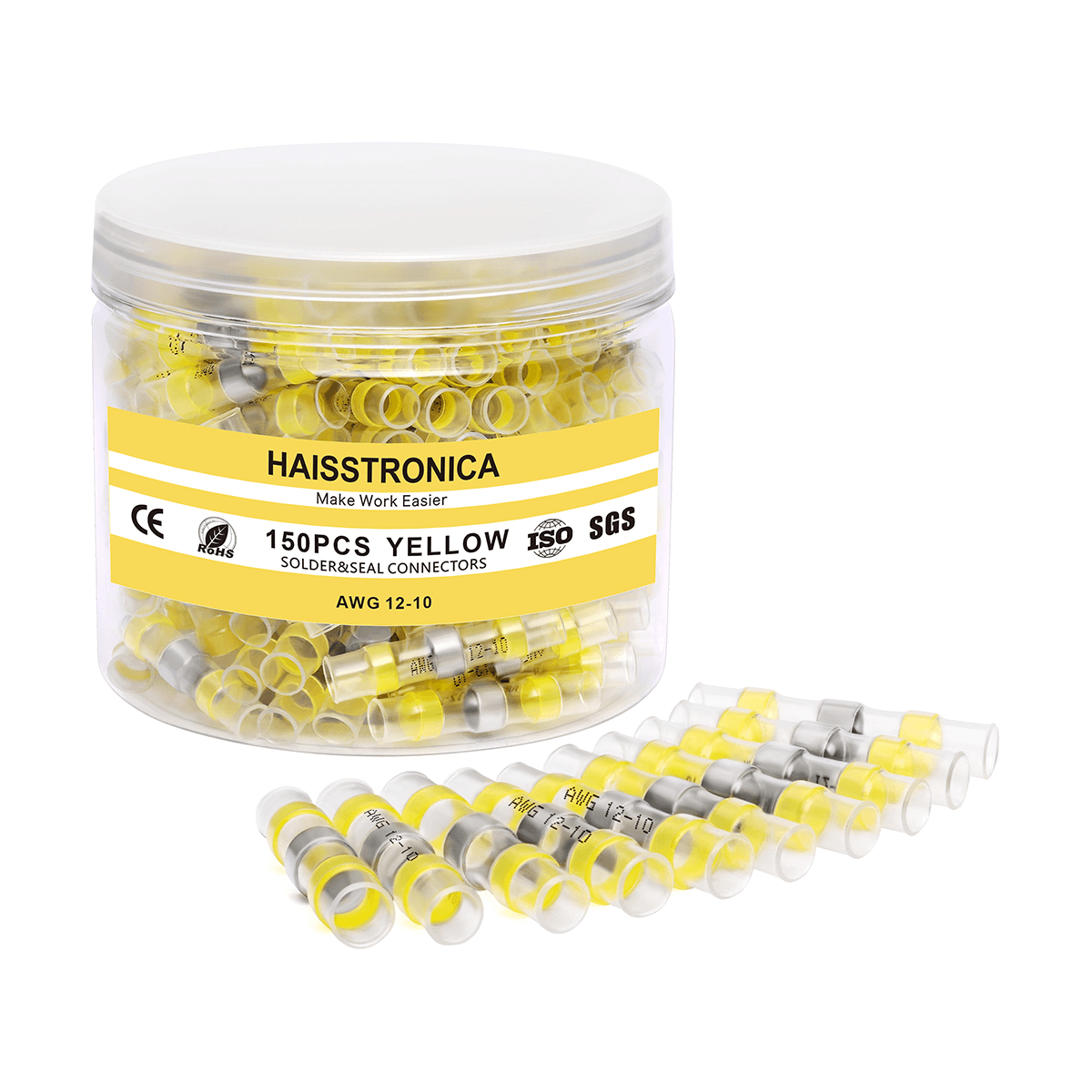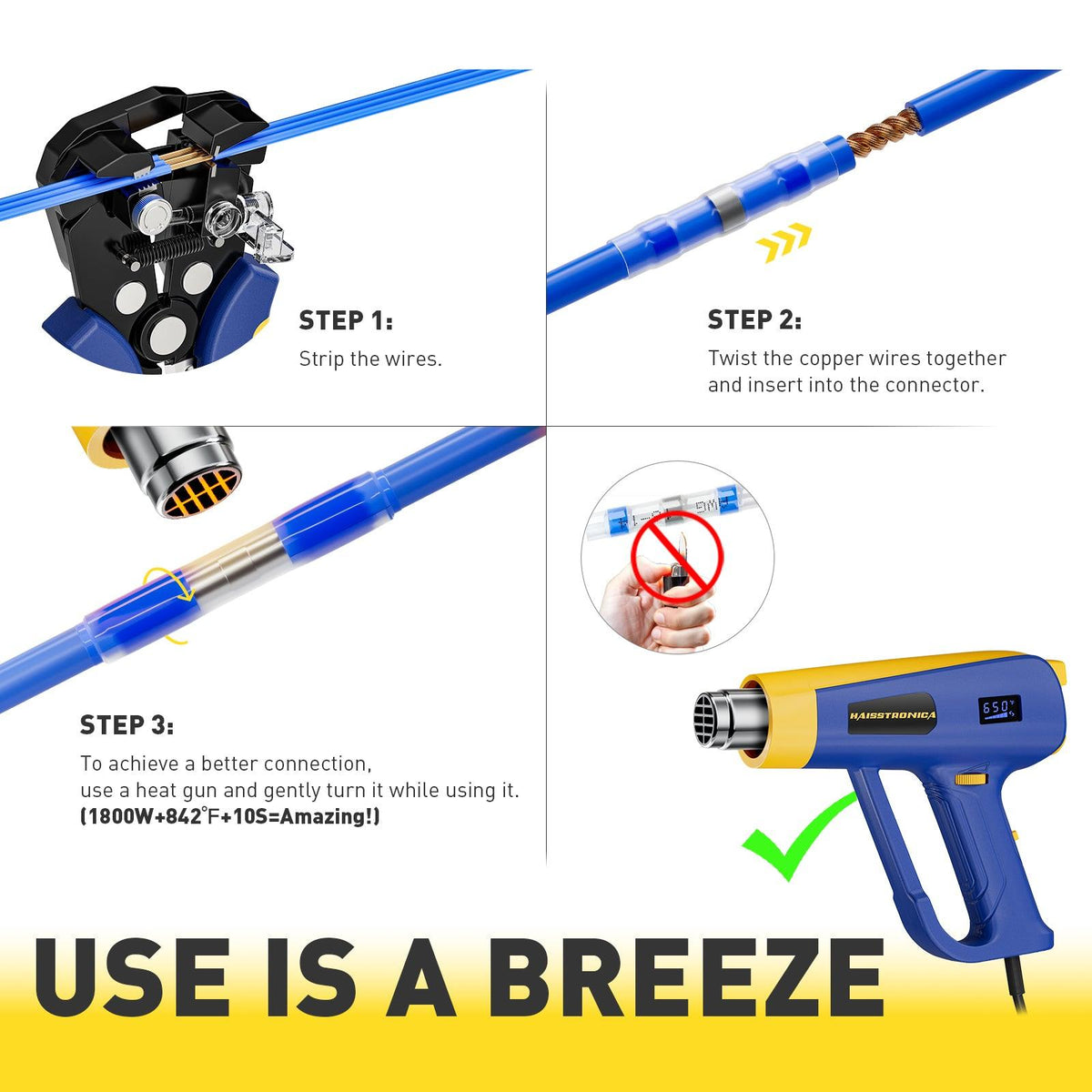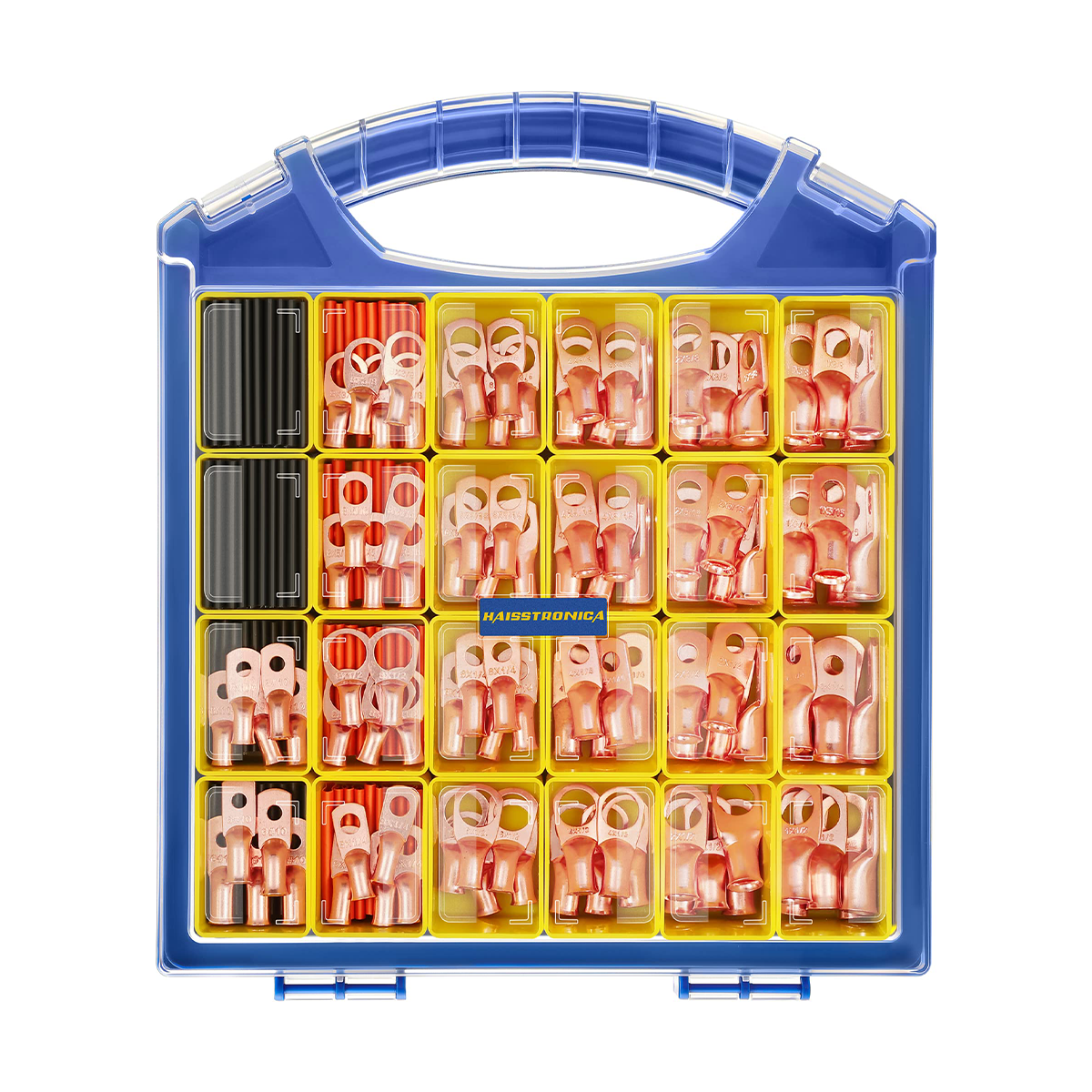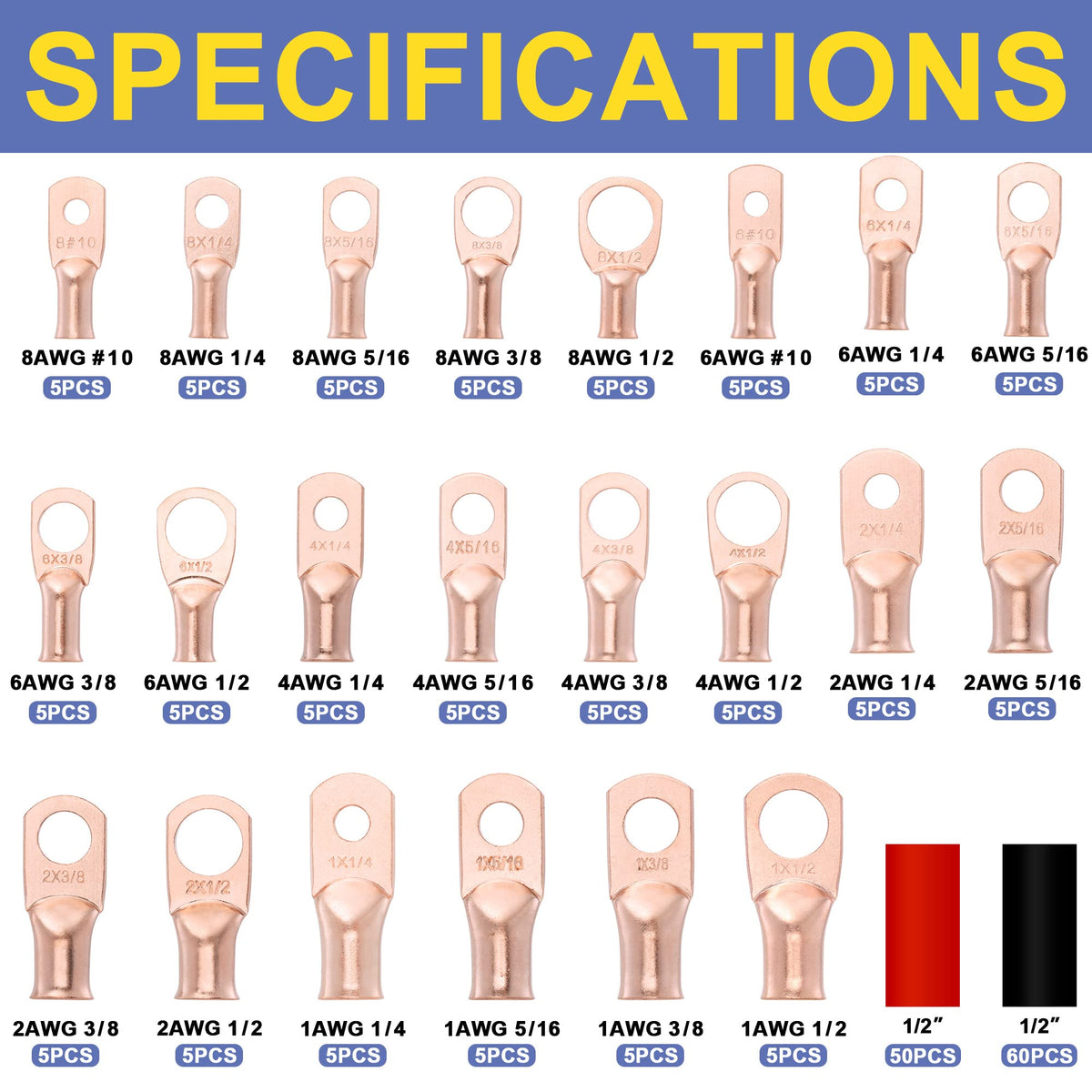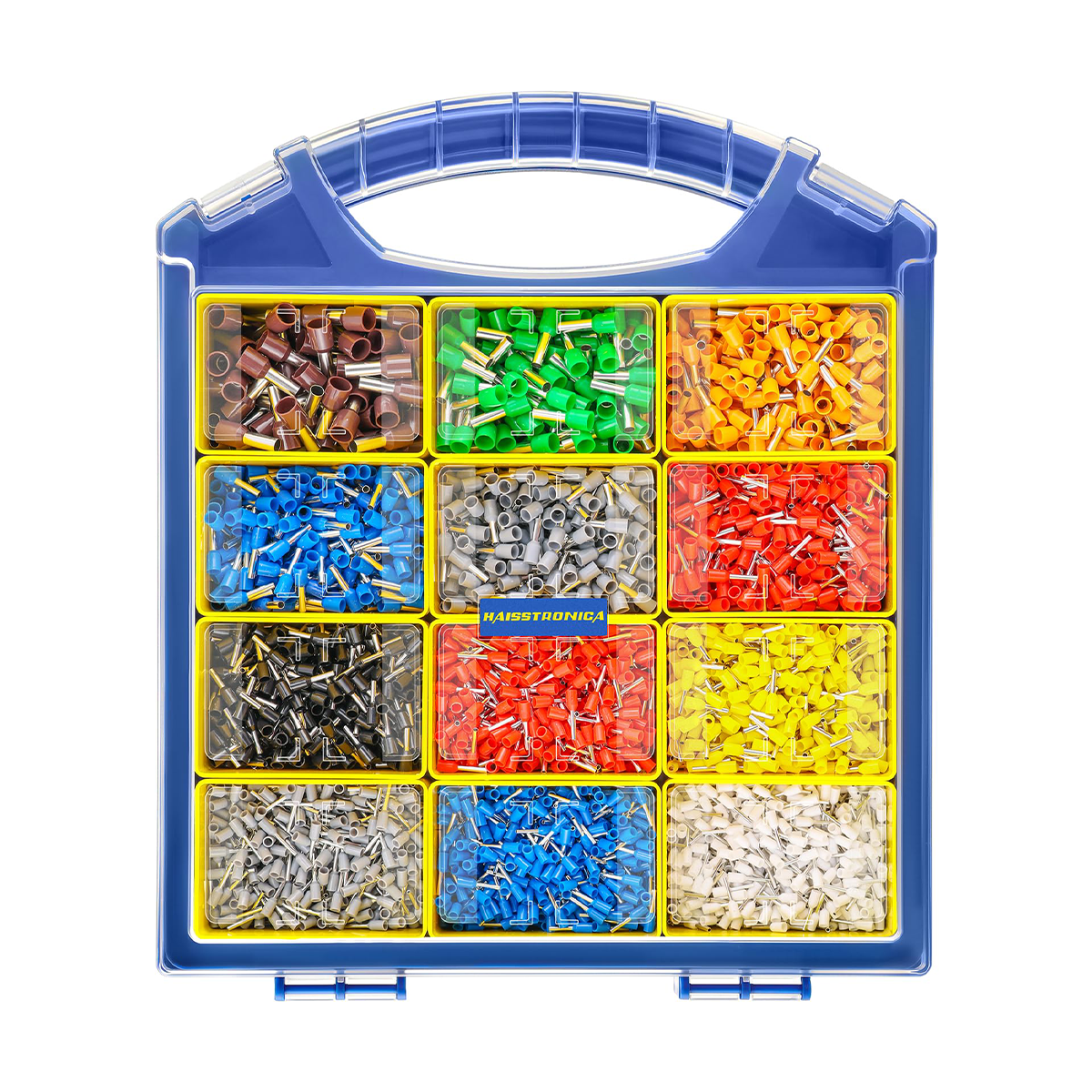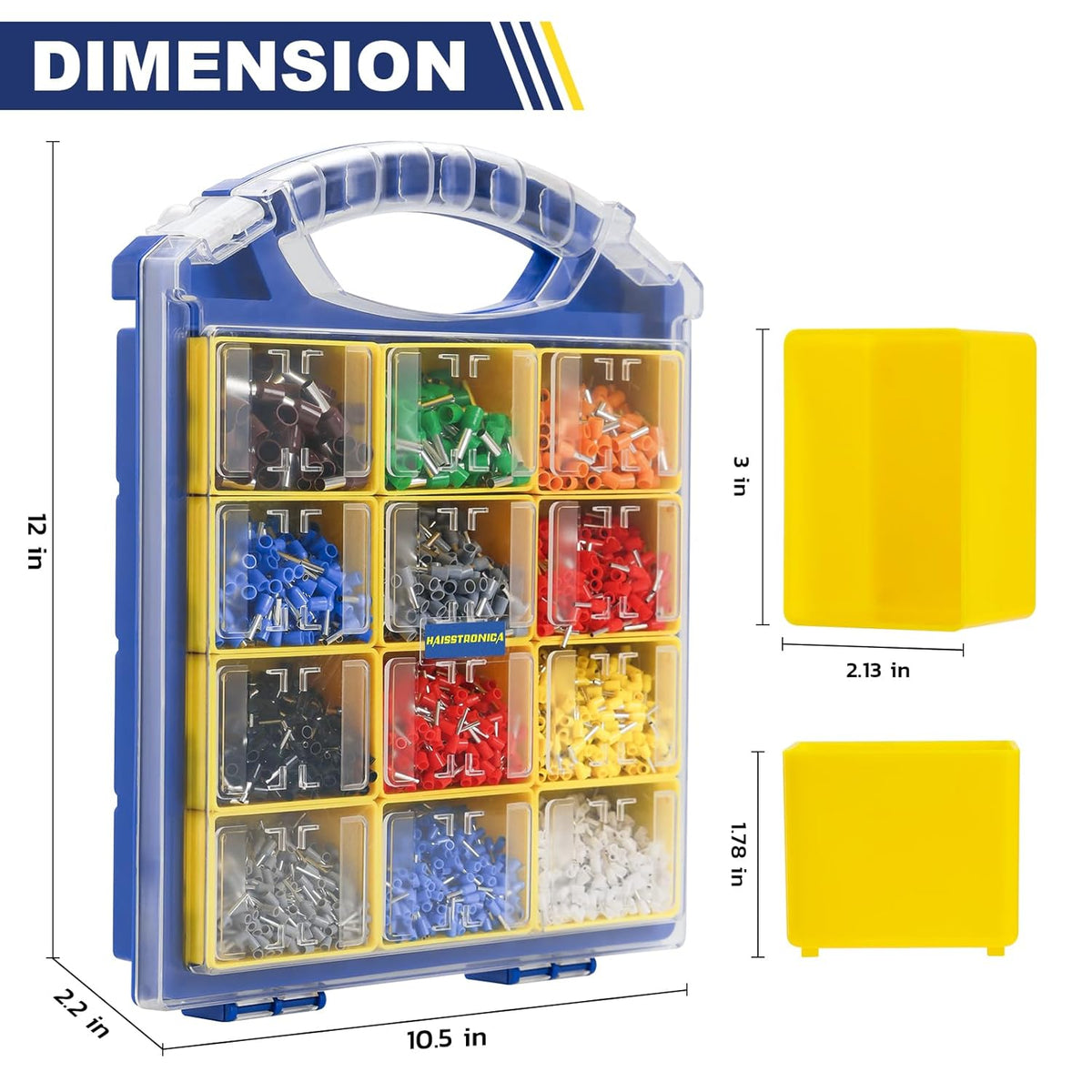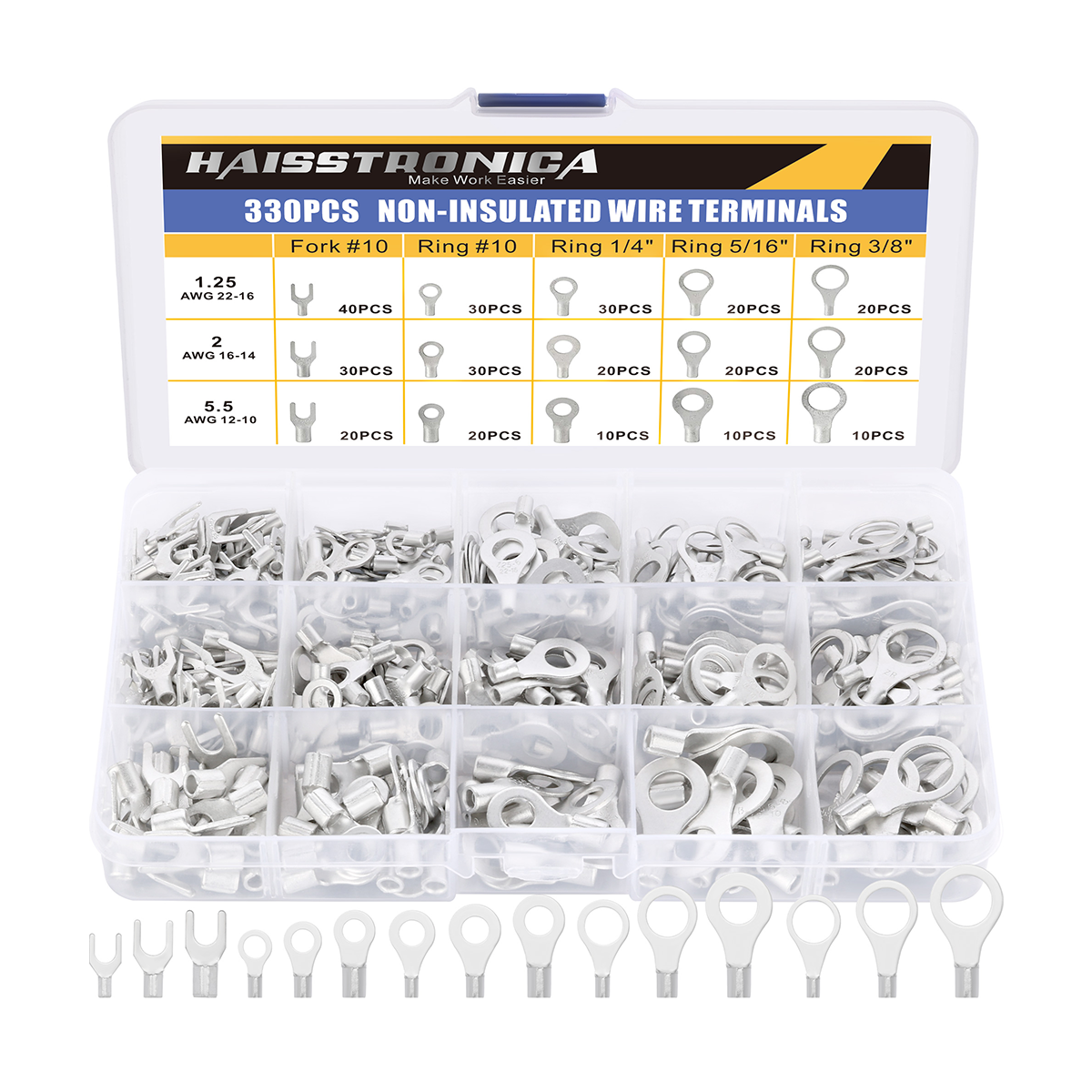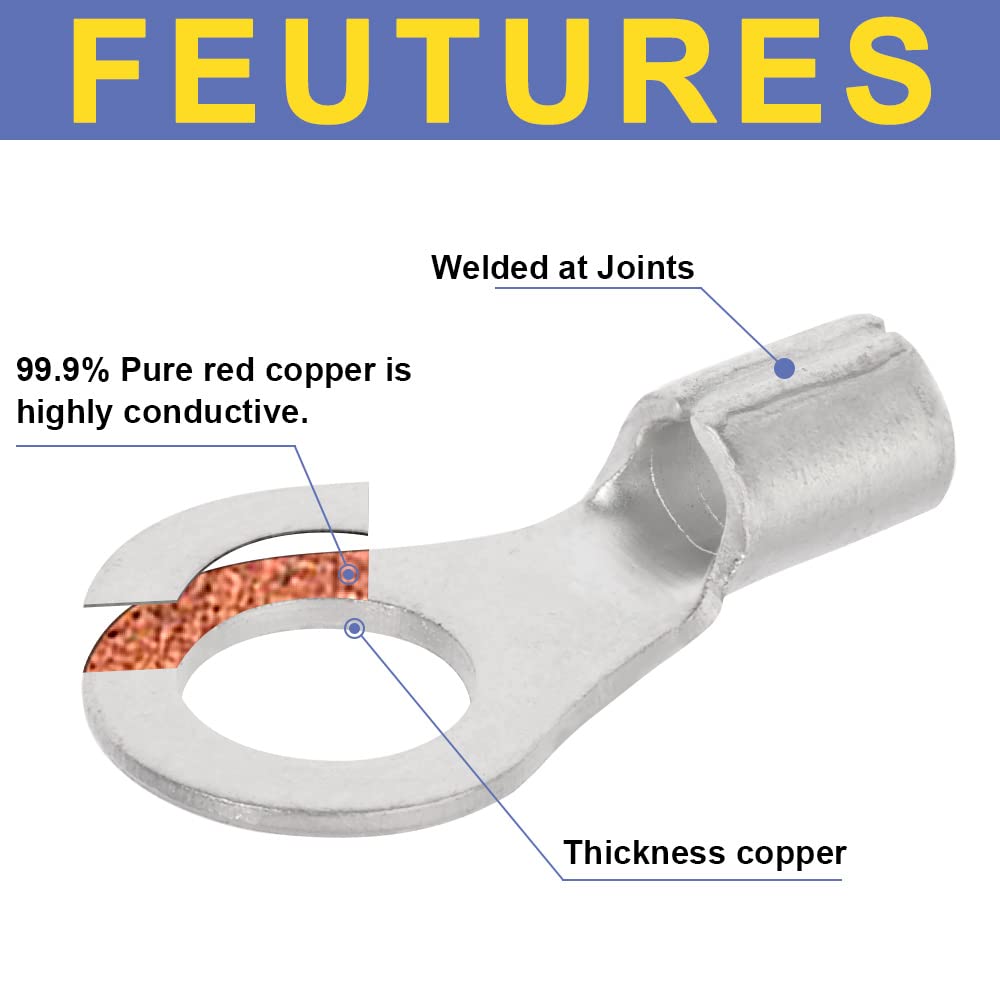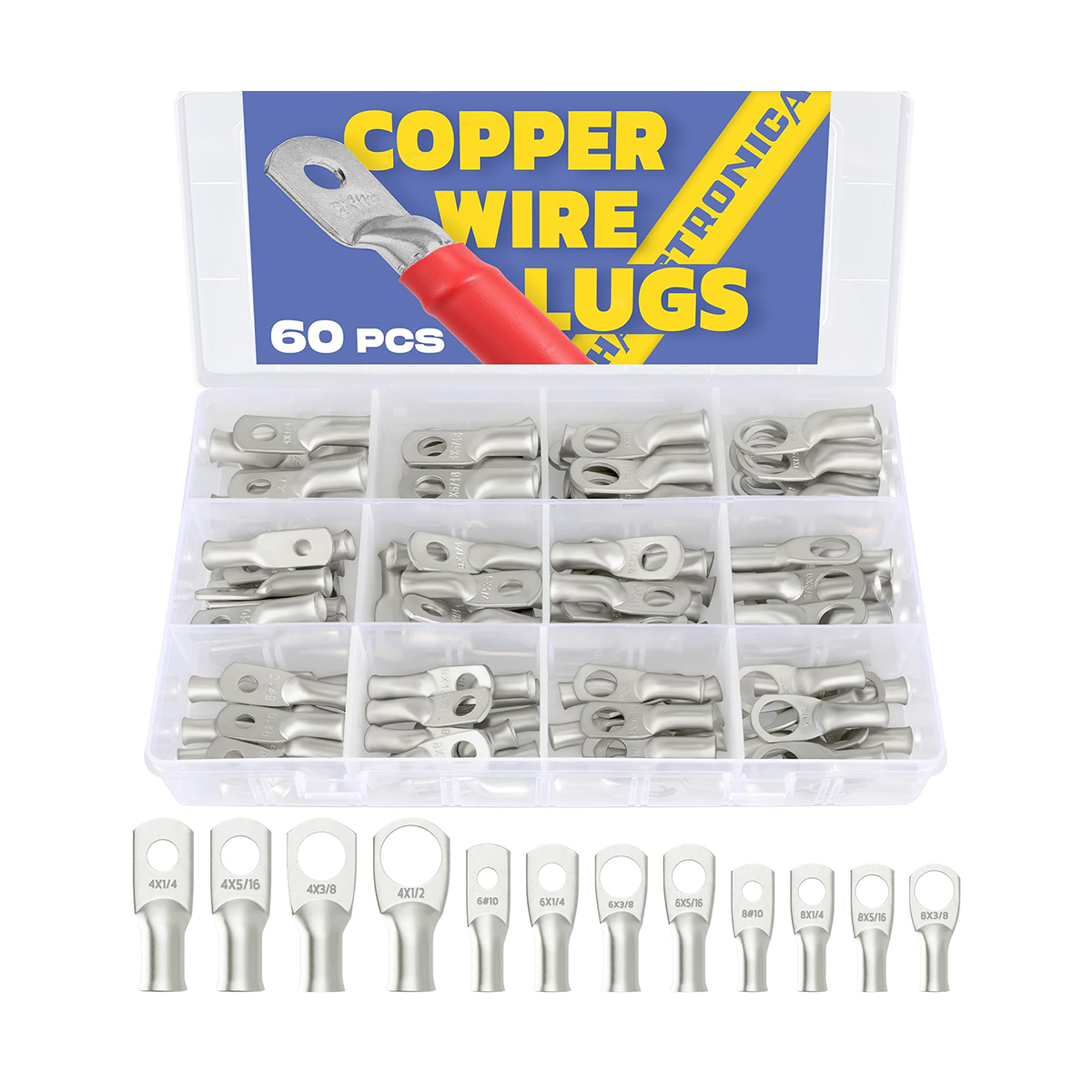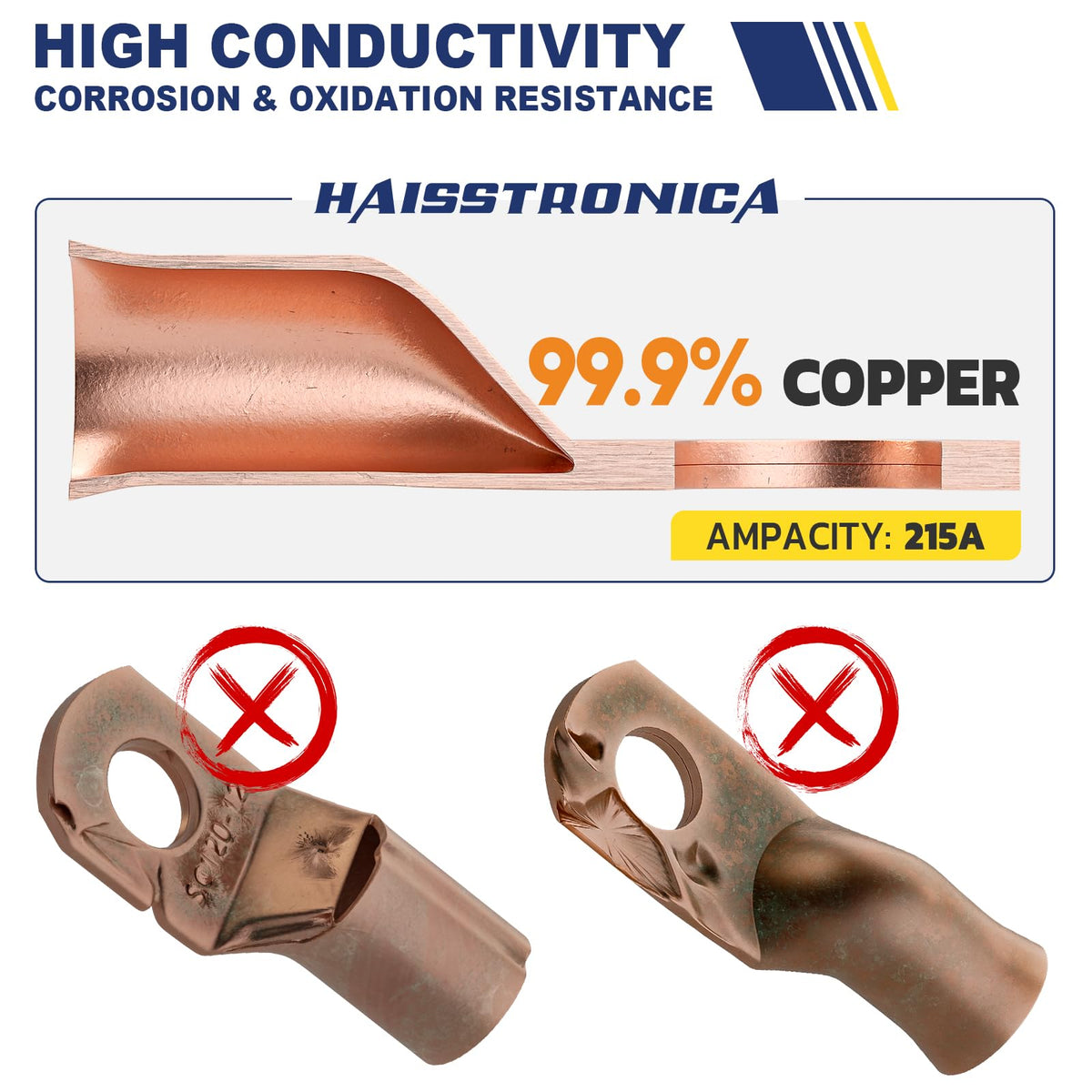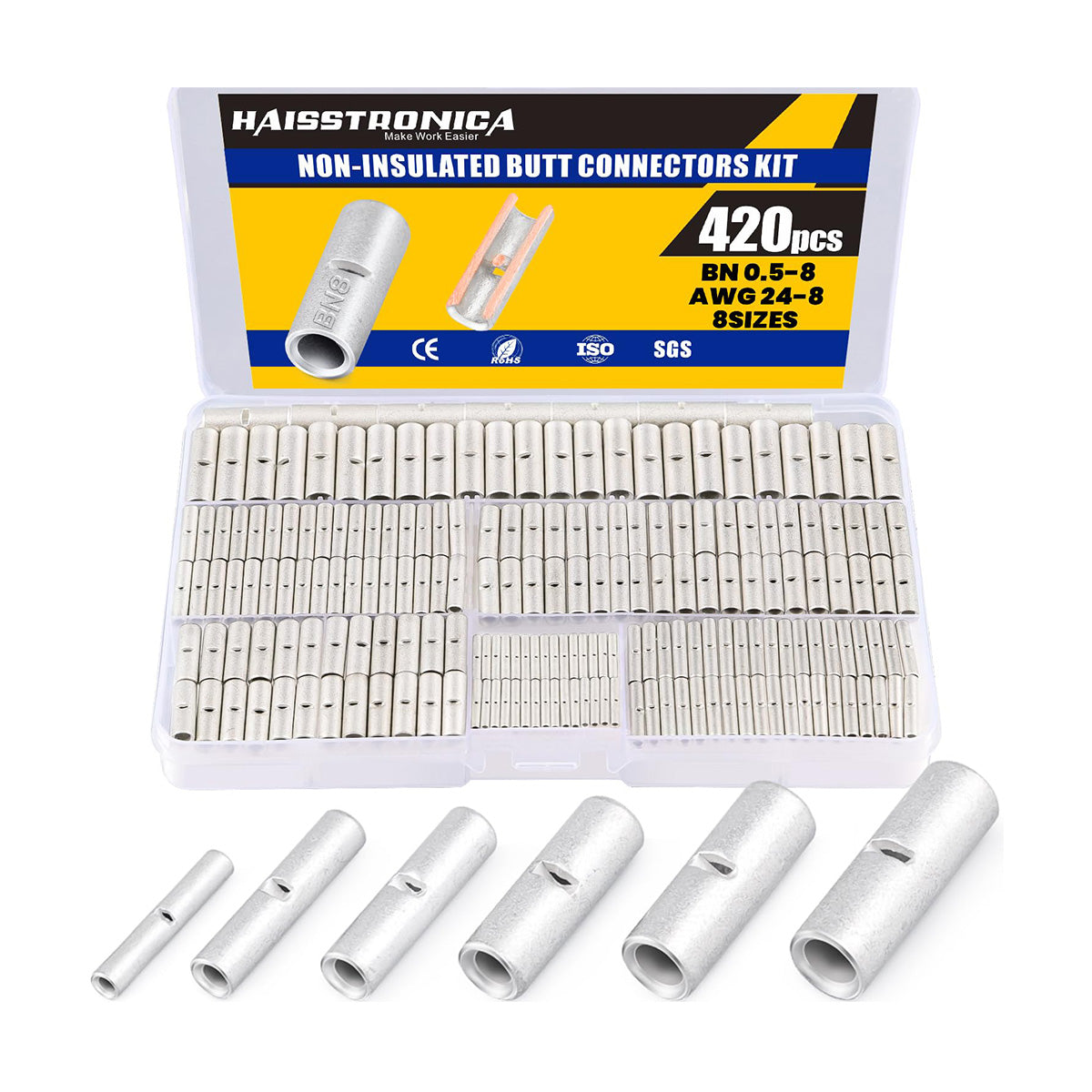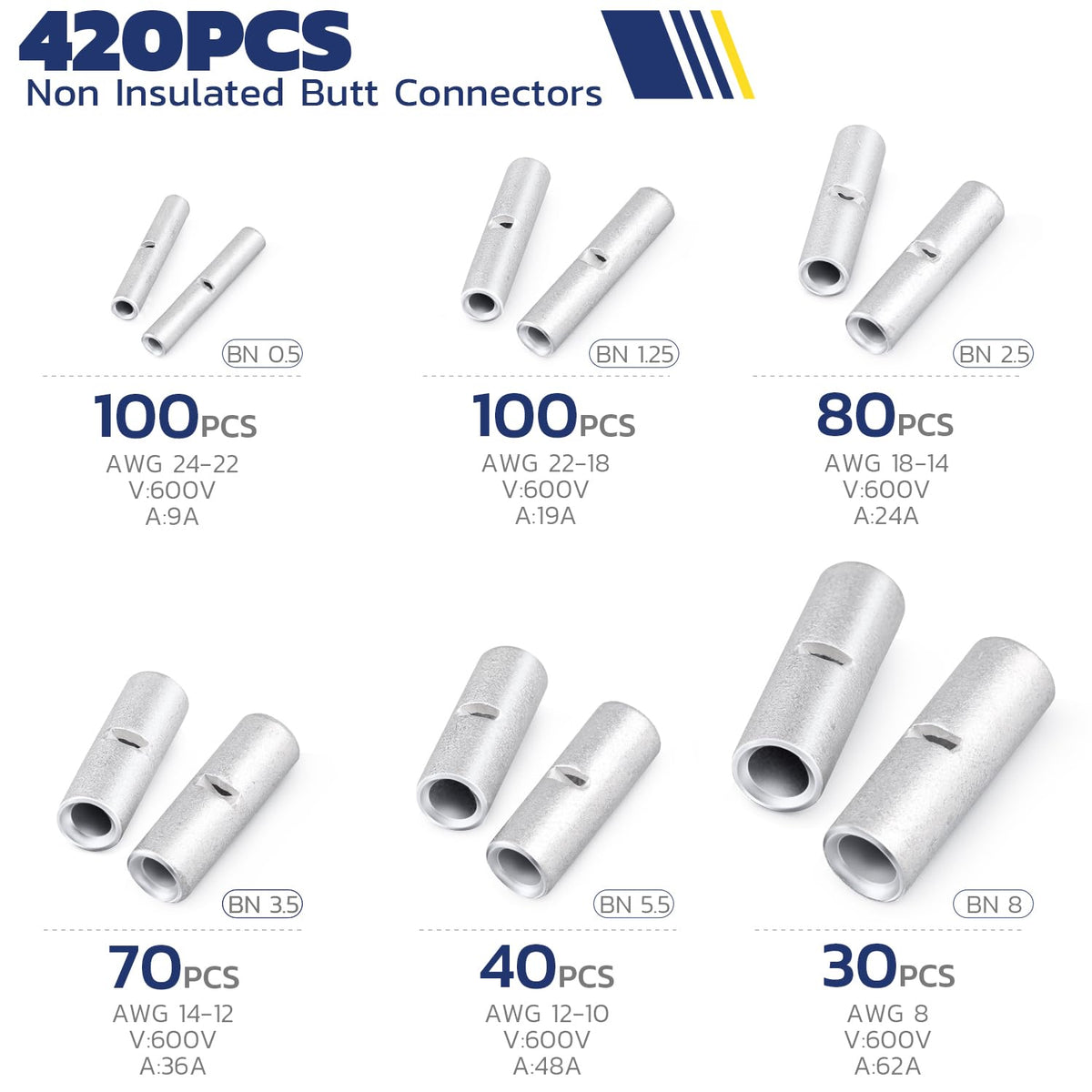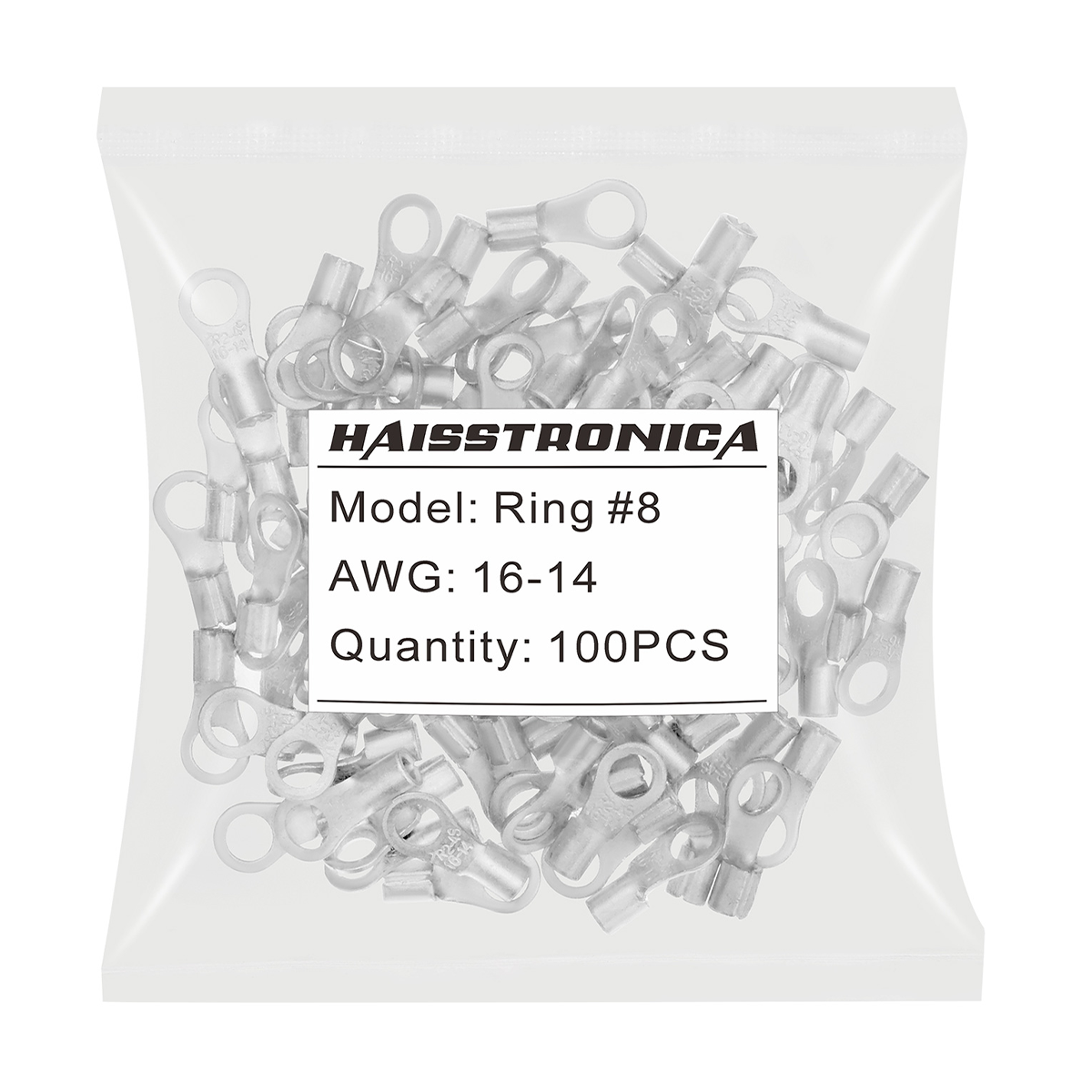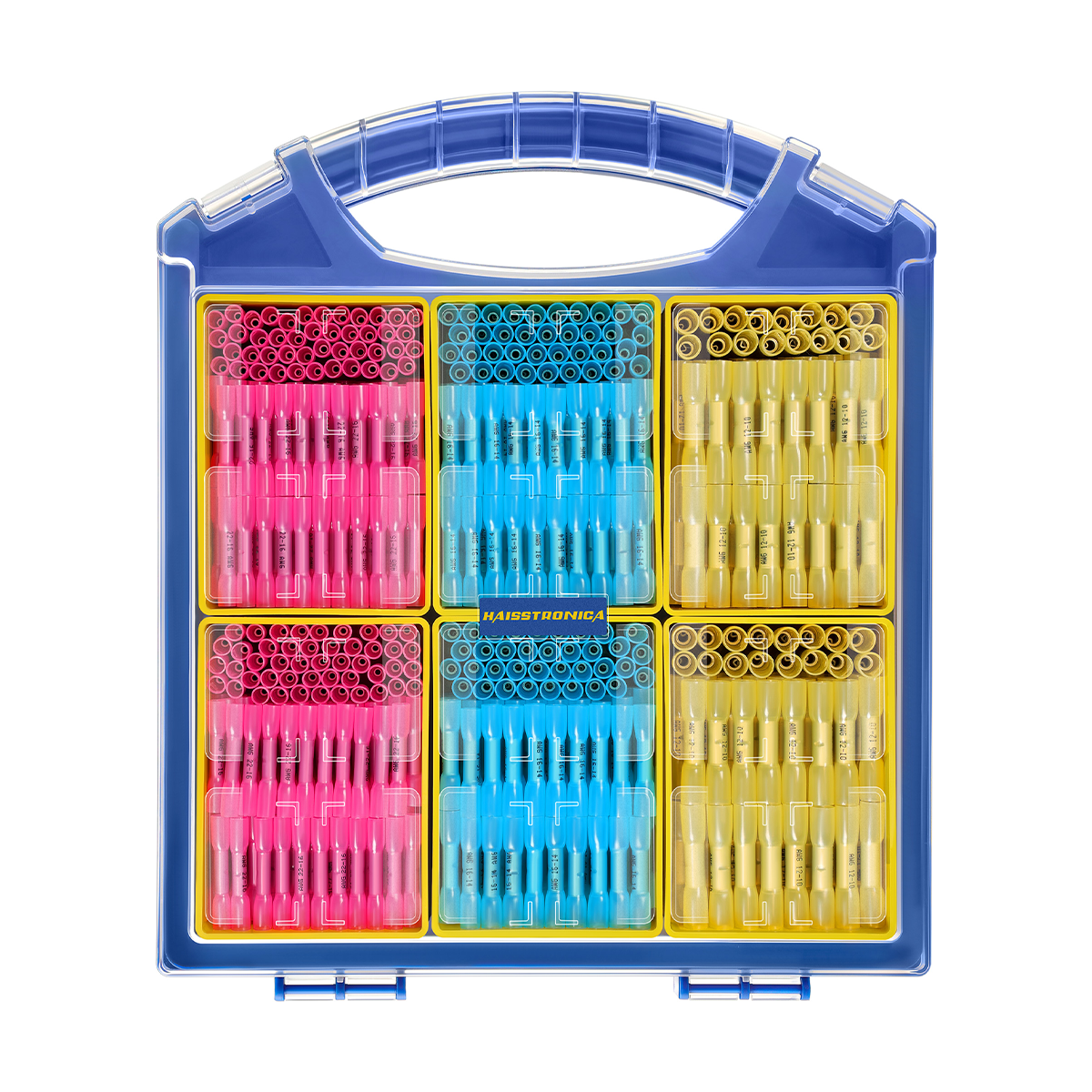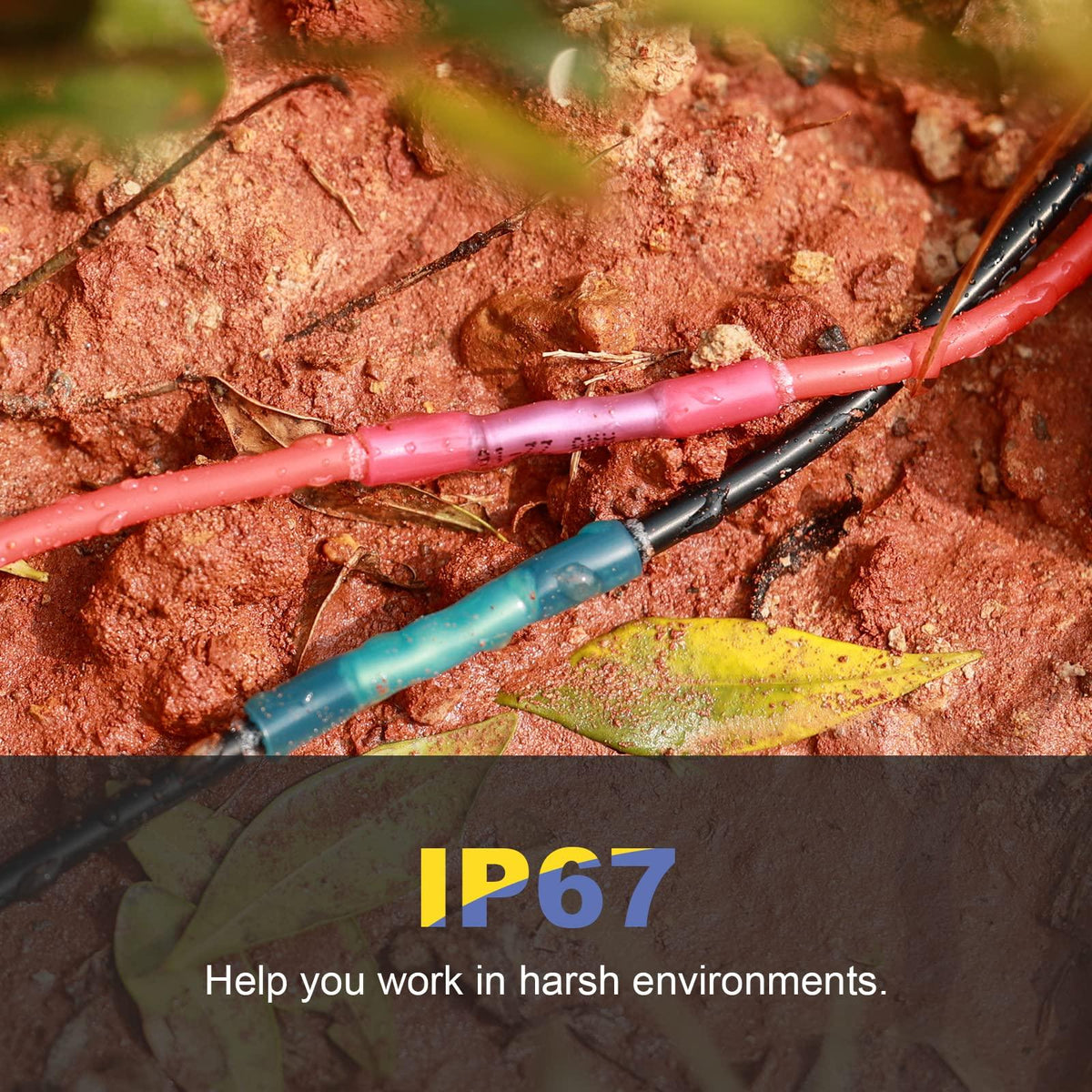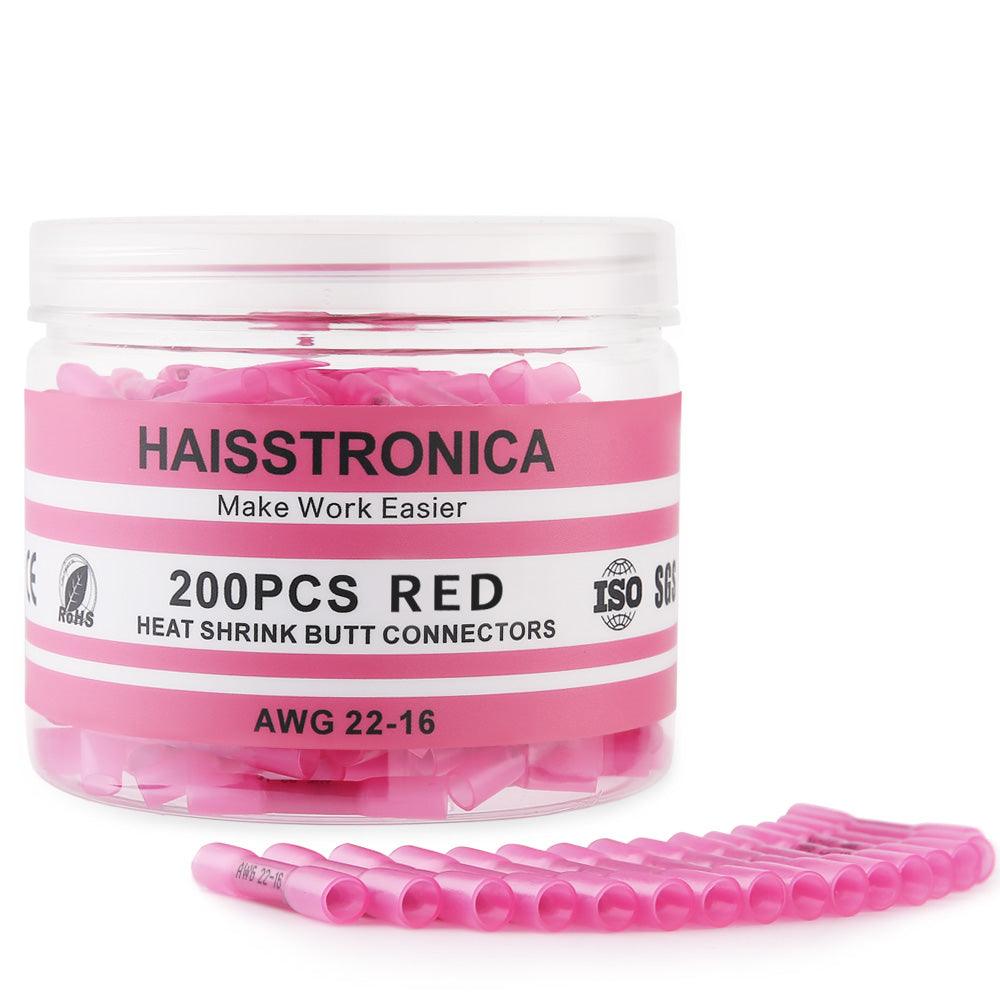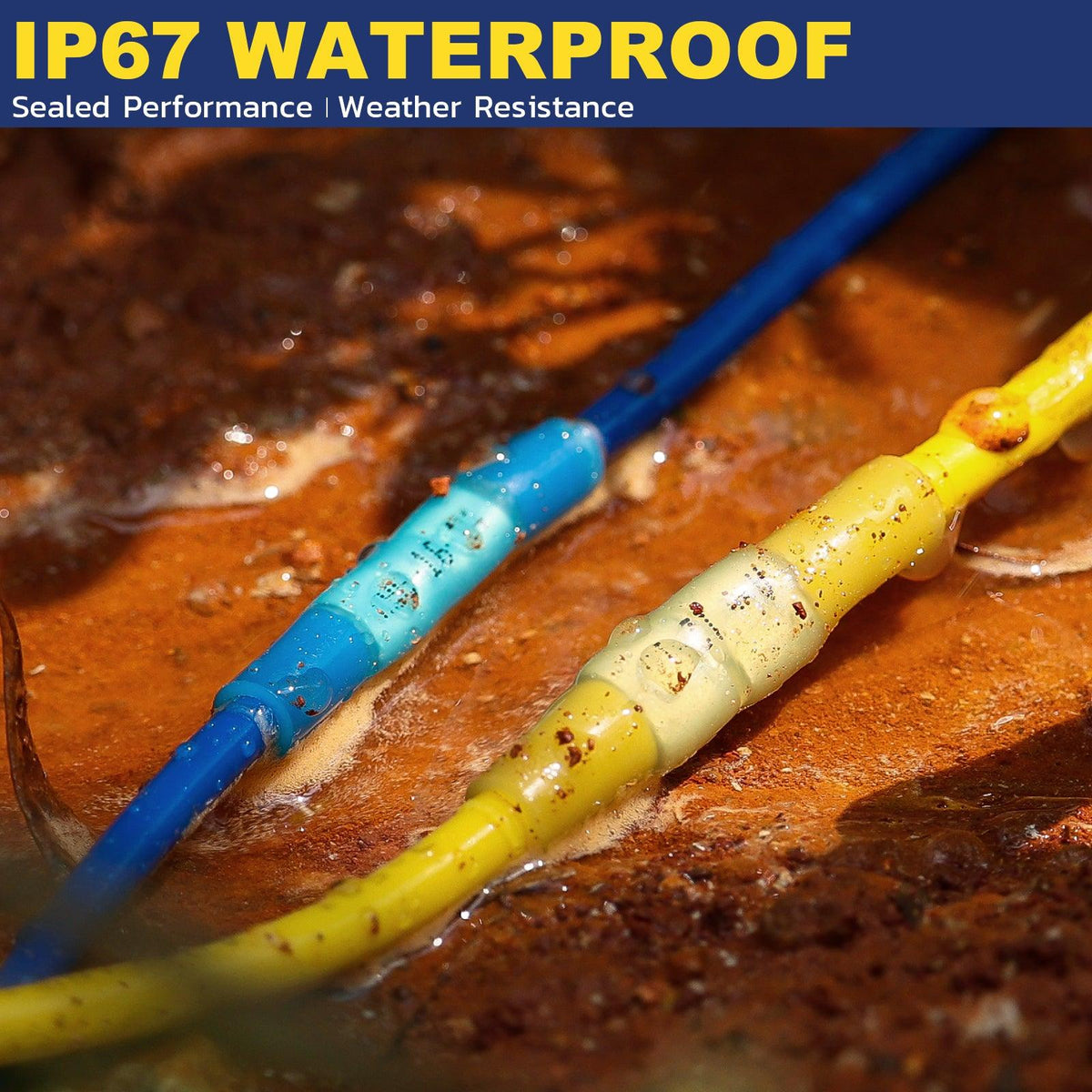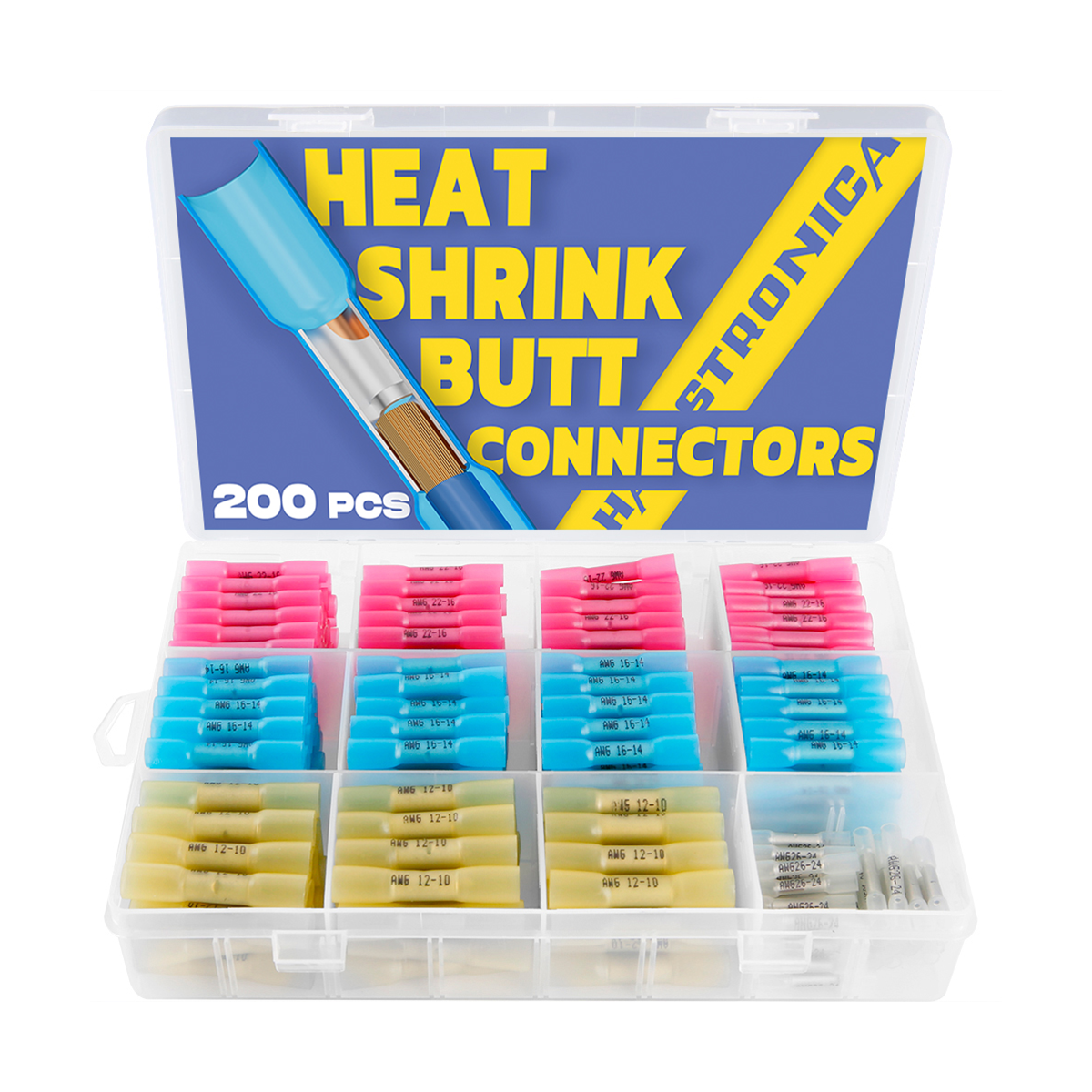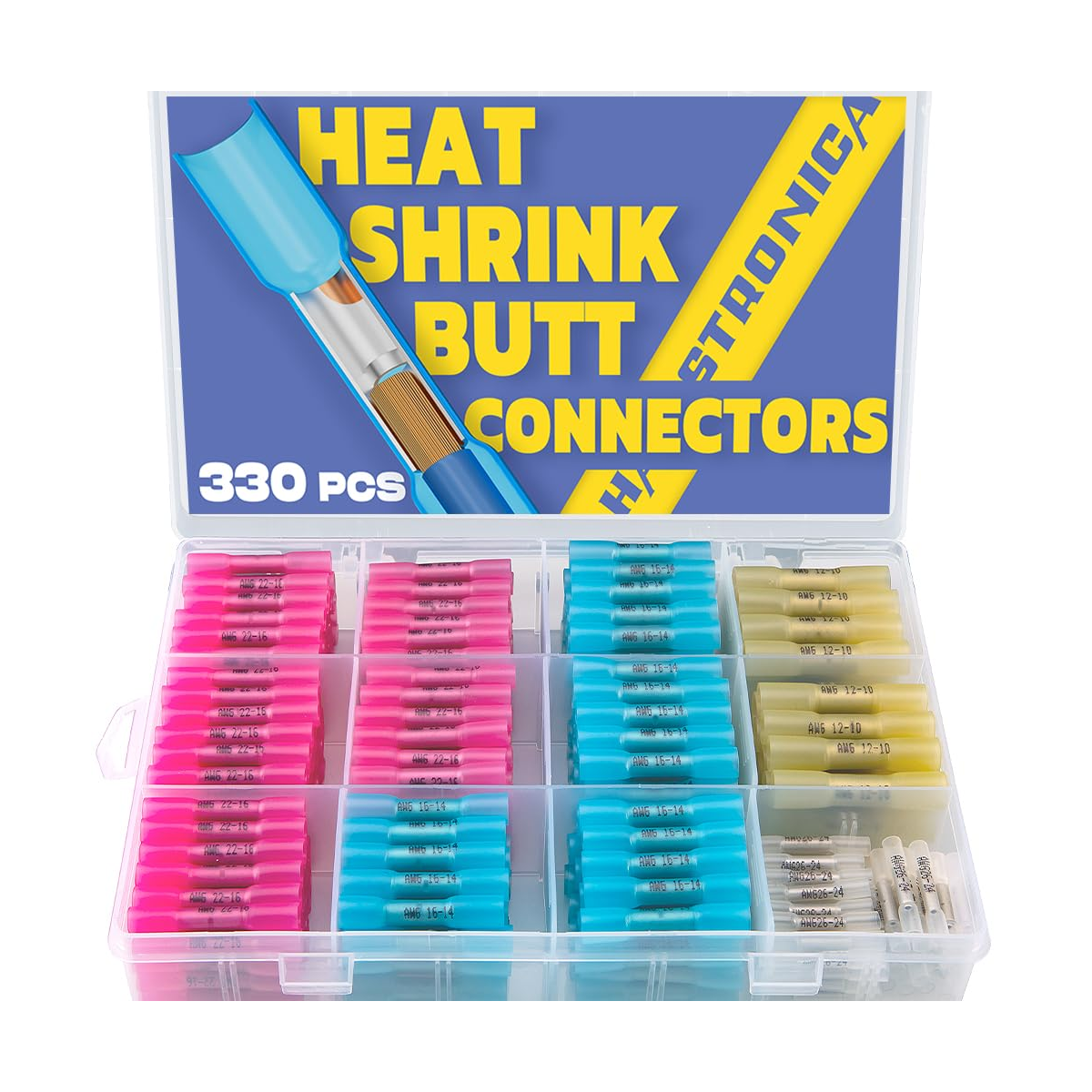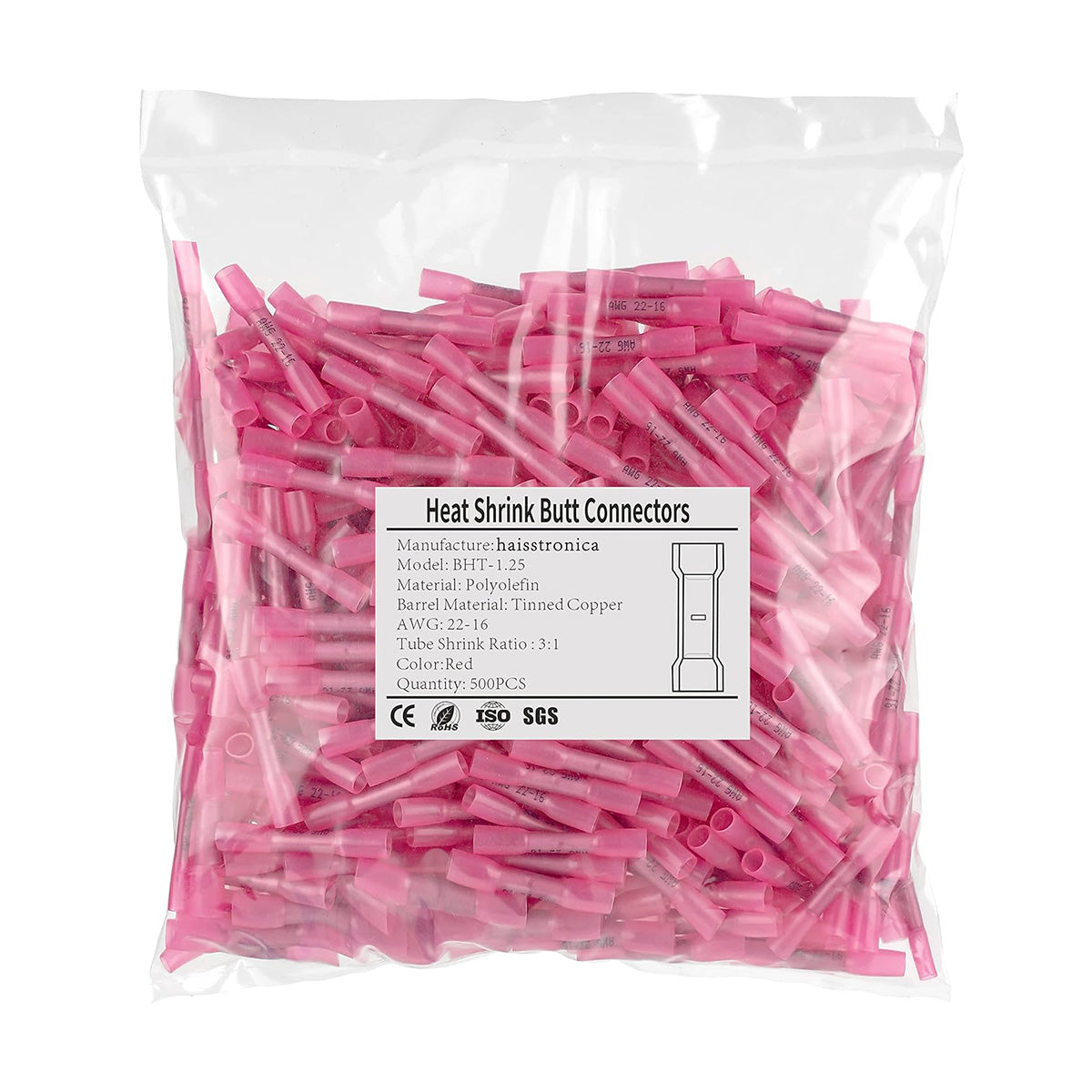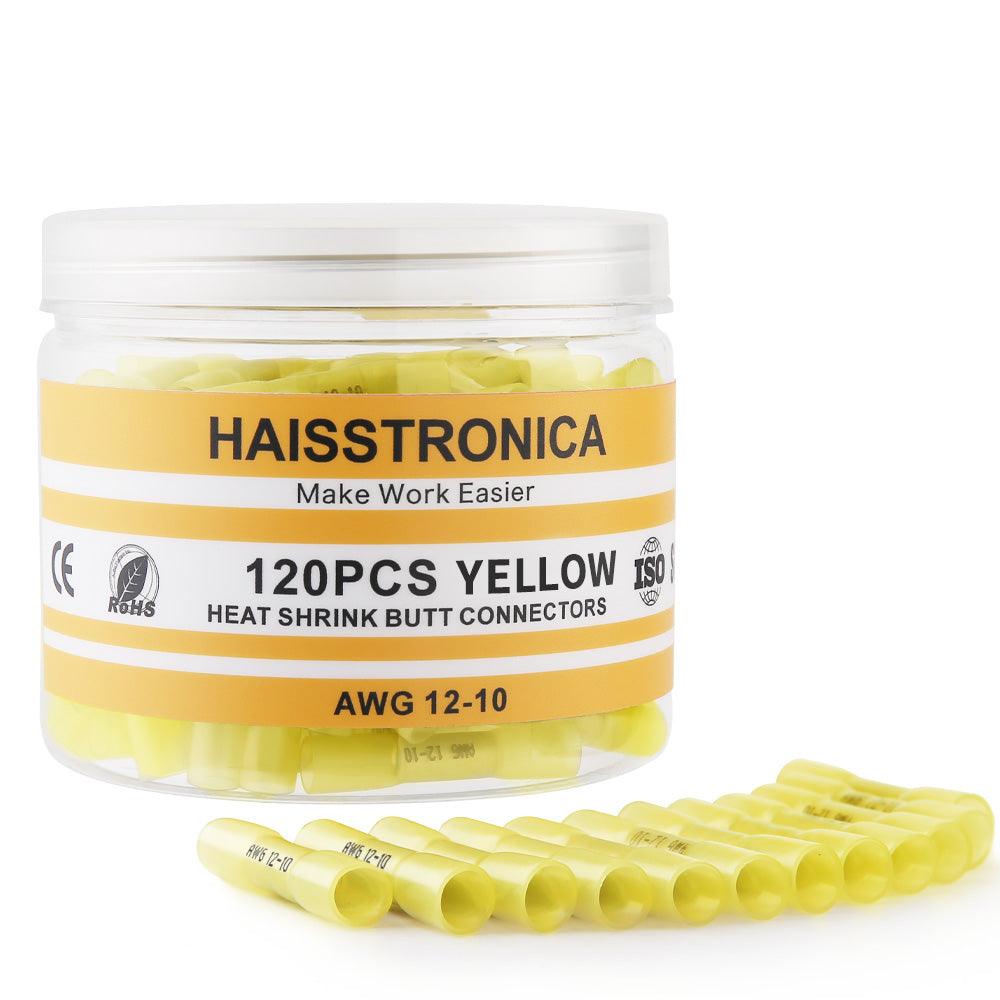Introduction: Testing electrical wires without removing their insulation is a useful skill for both DIYers and professionals. Normally, wire strippers or a wire stripper tool are used to strip off the insulating jacket and expose the conductor. But what if you want to check a wire’s continuity or see if it’s live without cutting or stripping it? In this blog, we’ll explain how to safely test a wire without stripping it, using non-destructive methods. We’ll start with the basics (so even a beginner can follow along) and then dive into step-by-step instructions. By the end, you’ll know how to use wire stripping tools and testing tools effectively, understand common scenarios (from home electrical fixes to automotive wiring), and have a handy guide on selecting the right equipment. Let’s get started!
Definition: Non-Invasive Wire Testing vs. Stripping
Before we jump into the how-to, let’s clarify some terms. Wire stripping means removing the insulation from a wire to expose the metal conductor. It’s often done with cable strippers (specialized wire stripping tools) that cleanly cut and peel off insulation. A quality electrical wire stripper or cable stripper is the safest way to strip insulation, compared to using a knife or other improvised methods. In fact, the most effective and safest tool to remove insulation from electrical wire is a purpose-made wire stripper tool (not your teeth or a kitchen knife!).
Now, non-invasive wire testing means checking a wire’s electrical status without taking off its insulation or cutting it open. This is possible thanks to modern tools and techniques. For example, an insulation-piercing connector (also called a piercing probe or wire tap) lets you connect a meter to a wire by poking a tiny needle through the insulation. This creates an instant test connection without having to strip or cut the wire. After testing, only a small pinhole remains, so the wire’s integrity is maintained. In other cases, you can detect voltage through insulation using a non-contact voltage tester, which senses the electric field around a live AC wire so no direct contact is required. In short, instead of physically exposing the metal by stripping, we use tools to probe or sense through the insulation. This non-destructive testing saves time and avoids damage to the wire’s insulation.
Step-by-Step: How to Test a Wire Without Stripping
Testing a wire without stripping it can be done in a few different ways depending on what you need to check (voltage, continuity, current, etc.). Below are the steps to do it safely and effectively:
-
Gather the Right Tools: First, get a multimeter (or voltmeter) and appropriate test probes. For AC household wires, a non-contact voltage tester pen is extremely handy – it can detect voltage just by being near the insulated wire. For DC or continuity tests, you’ll need a multimeter with needle probes or insulation-piercing clips. Also consider a clamp meter if you want to measure current flow. We’ll discuss tool options more in the buying guide, but make sure you have the basics ready.
-
Ensure Safety: Always prioritize safety when working with wires. If you are testing for live voltage, be cautious and keep your hands on insulated parts of tools. If you plan to pierce insulation for a continuity test, turn off power to that circuit first. In any case, wear insulated gloves and eye protection as needed. (And obviously, never probe a high-voltage or electric wire with a bare metal pin while it’s live – that’s dangerous!)
-
Using a Non-Contact Voltage Tester (for AC wires): To check if an electrical wire is “hot” (live) without stripping it, a non-contact voltage detector is the easiest method. This pocket-sized tool will light up or beep when it comes close to a live wire, even if the wire is covered by insulation. How to use it: Turn on the tester and simply hold the tip near the wire in question (or insert it into an outlet slot). If the wire has AC voltage, the pen will flash and/or chirp. This works through the insulation via the wire’s electric field, so no direct probe is needed. Note: Non-contact testers are great for household AC (typically 120V in the US), but they generally do not detect steady DC voltage (like a 12V car battery line). They also can’t sense through metal conduit or shielded cables. Use this tool to quickly identify live cables in walls, outlets, or cords without any stripping.
-
Using a Multimeter with Piercing Probes (for DC or Continuity): If you need to test a wire for continuity (unbroken path) or for DC voltage (e.g. in a car or an appliance), you’ll likely need to make electrical contact with the conductor. Instead of stripping the wire, use insulation-piercing test probes or needle attachments on your multimeter leads. These have a tiny sharp tip that you can press into the wire’s insulation until it touches the metal core. For example, some probes clip around the wire and then drive a small pin through the insulation when you tighten them. This creates a minuscule hole but gives a good connection for measurement. How to do it: Connect one multimeter lead to a known reference point (like ground or the other end of the wire, depending on what you’re testing), then gently poke the other lead’s needle probe into the insulation of the target wire. Set your multimeter to the appropriate setting (voltage, resistance, or continuity beep). Read the measurement. You can now tell if the wire has voltage or if it’s continuous, without stripping off any insulation. Once done, remove the probe – the tiny puncture in the insulation is barely visible and won’t significantly harm the wire (you can cover it with a dab of electrical tape or silicone to be extra safe, especially in wet or corrosive environments).
-
Tip: If you don’t have special piercing probes, you can improvise with a thin sewing pin or safety pin. Push the pin through the insulation to touch the conductor, then touch your meter lead to the pin (this essentially taps into the wire). When finished, remove the pin – often the pinhole will be so small the insulation “self-seals” or can be easily sealed with tape. This trick is commonly used in automotive troubleshooting.
-
-
Using a Clamp Meter (for Current Measurement): What if you want to know how much current (amperage) is flowing through a wire, but without cutting it to insert a meter in series? That’s where an auto wire strippers won’t help, but a clamp meter will. A clamp meter is a specialized tool that you clip around the insulated wire; it senses the magnetic field from the current to measure amperage without any direct contact. Simply set the clamp meter to the Amp mode, open its jaw and close it around the wire (only one conductor at a time). It will display the current flowing through that cable. This is a completely non-invasive way to measure current – no stripping, no disconnecting circuits. Clamp meters are excellent for testing things like whether an appliance is drawing power or diagnosing parasitic battery drains in cars.
-
After Testing – Wrap it Up: Once you’ve done your testing, if you did pierce any insulation, take a moment to cover the tiny hole. For low-voltage indoor use, it might not be necessary, but it’s good practice. A small piece of electrical tape or a brush of liquid electrical tape over the pinhole ensures the wire remains insulated against moisture or shorting. Clean up your tools and restore power if you had it off. That’s it – you’ve successfully tested the wire without ever stripping it!
Application Scenarios for Non-Stripping Wire Testing
Why would you need to test a wire without stripping it? Here are some common scenarios where these methods come in handy:
-
Automotive Troubleshooting: In car electronics, wires are bundled in harnesses and you usually don’t want to cut them open. Using back-probing pins or piercing probes, you can find which automotive wire has power or trace a faulty connection (for example, checking a sensor wire’s voltage). A quick poke with a test light or multimeter can tell you if a wire is live or if it has continuity, all without splicing into the vehicle’s wiring. This non-destructive approach is crucial for modern vehicles – it avoids creating new problems (like broken insulation) in the process of diagnosing. Mechanics often use automotive wire strippers to repair wires when needed, but for testing, they rely on piercing probes and specialized automotive wire stripper kits that include back-probing needles.
-
Home Electrical Repairs: If you’re diagnosing an issue in home wiring – say a switch that isn’t getting power or a lamp that won’t light – you might need to identify a live wire in a bundle without undoing everything. A non-contact voltage tester is ideal here; you can safely detect which cable in a switch box is hot. For checking continuity (for instance, is a lamp cord internally broken?), you can use a multimeter at each end of the cord or gently pierce the wire mid-way. These methods let you troubleshoot things like string lights, extension cords, or appliance wires without cutting insulation. It’s faster and keeps the wires intact until you’re sure where the problem is.
-
Electronics and Gadgets: Working on small electronics or prototypes, you might have delicate wires where repeatedly stripping and re-soldering can weaken them. Instead, you can test circuits by back-probing connectors or using a fine needle to touch a conductor through insulation. For example, hobbyists building drones or RC cars may check a wire for continuity without stripping using a pin and meter, especially if the wire is part of a sealed harness. After confirming, if a repair is needed, then they’ll use precision manual wire strippers (or even thermal wire strippers for very fine enamel wires) to carefully strip only what’s necessary.
-
Industrial Maintenance: In some industrial settings, wires run in large cable trays or machines where you cannot easily strip or cut them without shutting everything down. Technicians use clamp meters to monitor current on heavy-duty wires and universal wire stripping tools with piercing attachments to test control lines on the fly. Non-contact voltage detectors are also used for safety checks on panel wires. These allow for preventive maintenance checks (like finding a cable with no voltage that should have some, indicating a break) without downtime. Heavy machinery often uses heavy-duty wire strippers for repairs, but initial testing is done non-invasively.
In all these scenarios, the theme is the same: you gather information about the wire’s electrical state first, without altering the wire. Only after you know what’s wrong do you decide if the wire needs to be stripped for repair or replacement.
Buying Guide: Choosing the Right Tools for the Job
Having the proper tools makes testing and working with wires much easier and safer. Here’s a quick guide on what to look for when selecting tools, including wire stripping tools and testing equipment:
-
Multimeter (Voltmeter/Ohmmeter): A good digital multimeter is a must-have. Even an affordable one will let you measure AC/DC voltage, check continuity (it usually beeps if a circuit is complete), and measure resistance. Look for one with detachable leads so you can add probe attachments. Some multimeter kits come with piercing probe tips or alligator clips which are useful for hands-free testing. Ensure the meter’s voltage range covers your needs (for automotive 12V, any will do; for household 120V, again standard meters are fine). Brands like Fluke, Klein, or even generic ones will have models with a continuity tester function. Bonus: some have a clamp ammeter attachment or a separate clamp accessory to measure current.
-
Non-Contact Voltage Tester: For anyone doing home electrical work, an NCVT pen (non-contact voltage tester) is highly recommended. They are inexpensive and very easy to use – just point it near a wire or outlet and it will indicate if AC voltage is present. Make sure to get one rated for the voltage range you’ll encounter (most handle 50-1000V AC which covers household use). This tool adds a layer of safety (you can verify a wire is truly dead before touching it) and convenience (find the hot wire in a bundle without trial-and-error). Remember, these only work on AC. For DC wiring (cars, solar panels), you’ll use other methods.
-
Insulation-Piercing Probes and Clips: If you’ll be frequently testing wires in automotive or other low-voltage scenarios, consider investing in a set of insulation-piercing test leads. These often come as clips or probes that attach to your multimeter leads. They allow you to latch onto a wire and drive a small pin through the insulation in a controlled way. For example, Fluke makes insulated piercing clips that clamp and puncture with a thumbscrew, and they grip the wire so you don’t have to hold it continuously. Such probes are gold for car work because they free your hands and make a reliable connection. When shopping, check the wire size (gauge) the probes can handle and that they have fully insulated bodies for safety. Alternatively, back-probing pins (thin pins that can slide into weatherpack or other connector backshells) are great for automotive diagnostics – they slip in alongside a wire at a connector to contact the terminal without damage.
-
Clamp Meter (Current Tester): If you need to measure current often (for example, checking how many amps an appliance draws or diagnosing car battery drains), a clamp meter is worth considering. Make sure to choose one that measures the type of current you need – many measure AC amps by default, but you’ll need a special one (or a DC setting) to measure DC amps in automotive contexts. Also consider the jaw opening size (so it fits around the cables you’ll test) and the amp range. Some clamp meters double as full multimeters (measuring voltage, resistance, etc.) which can be convenient.
-
Quality Wire Stripper Tool: Eventually, if you do find a fault in a wire, you may need to strip it to fix it (for example, to splice a broken wire or to install a connector). Using a proper wire stripper and cutter is crucial – never use your teeth or a knife, as that can nick the wire or injure you. The good news is there are fantastic tools available now, like automatic wire strippers that self-adjust to the wire size. These tools cleanly remove insulation in one squeeze, without cutting into the copper strands. For instance, a self-adjusting wire stripping tool such as the Haisstronica Self-Adjusting Wire Stripper (AWG 10–24) is very versatile for stripping, cutting, and even crimping terminals. It adapts to different wire gauges automatically, so you don’t have to fiddle with size settings for each wire. When choosing a wire stripper, consider:
-
Wire gauge range: Ensure it covers the sizes you’ll work with (e.g. 10-24 AWG is a common range covering automotive and household wires).
-
Adjustable vs. fixed: Manual adjustable wire strippers have multiple notches for specific gauges; they are simple and reliable for solid or stranded wire. Automatic wire strippers offer speed and adjust on the fly – great if you work with varied wire sizes or large volumes.
-
Additional functions: Many modern wire strippers and cutters are 2-in-1 or 3-in-1, meaning they can also cut bolts or crimp connectors. If you do a lot of wiring, a stripper/crimper combo tool or stripper set might be useful to reduce tool switching.
-
Comfort and build: Look for ergonomic handles (some even come in different colors like insulated orange, or even pink wire strippers for those who want a unique look) and sturdy construction. A heavy-duty wire stripper will last longer if you’re cutting thick cable regularly. Brands like Klein, Knipex, and Haisstronica have well-reviewed options (best wire strippers often come from these makers according to user reviews).
-
By investing in the right tools – a good multimeter, a non-contact tester, piercing probes, a clamp meter, and a quality wire stripper tool – you’ll be equipped to tackle almost any wiring test or repair. Not only will these tools make the job easier, but they also make it safer and more accurate. Fault-finding in wires becomes straightforward when you have the proper equipment at hand.
FAQ: Frequently Asked Questions
Q1: How can I tell if a wire is live without stripping the insulation?
A: The easiest way is to use a non-contact voltage tester for AC wires. Just bring the tester’s tip near the insulated wire – if the wire is live, the tester will light up or beep. This works for household or building wiring (AC voltage). For DC circuits (like in a car), non-contact pens won’t work; instead, use a test light or multimeter. For example, in automotive wiring you can back-probe a connector or use a piercing probe on the wire and measure voltage with a multimeter. This will indicate if the wire has power without fully stripping it. Always ensure you have a good ground/reference when testing and that the circuit is supposed to be energized (e.g., turn the key on for car accessory wires).
Q2: How do I test a wire for continuity without cutting it open?
A: To check if a wire is unbroken (continuous) from end to end, you can use a multimeter’s continuity function. If both ends of the wire are accessible (say, two ends of a guitar cable or appliance cord), you can simply touch one meter lead to each end – no stripping needed if you have exposed terminals or pins. The meter will beep if the wire is good. If you can’t access both ends easily, you can use an insulation-piercing probe on one end of the wire. For instance, clip the multimeter’s black lead to a ground or to one end of the wire (if accessible), then pierce the wire’s insulation at the other end or halfway with a sharp probe on the red lead. A steady tone or zero ohm reading means the wire is intact. If you get no tone (infinite resistance), the wire has an internal break. This method lets you find broken wires inside walls or looms without cutting them open. Just remember to power off the circuit when doing continuity tests (no voltage should be present). It’s essentially using the wire itself as the test path – and you only make a tiny pinhole instead of a full strip.
Q3: Do non-contact voltage testers work on car wires or other DC systems?
A: Generally, no, standard non-contact voltage testers (the pen-style AC sensors) do not detect DC voltage. They rely on the changing electric field of AC to trigger a sensor. So if you touch one of those pens to a 12V DC car wire, it will likely not light up (unless it’s a special model that handles DC or the DC is pulsating). In a car, to see if a wire has voltage, you should use a traditional test light or multimeter with a probe. The test light is a simple tool that will glow if the circuit is live when you connect it between the wire and ground. Or use the multimeter in DC mode and probe the wire (you might pierce the insulation or back-probe a connector) to read the voltage. There are also advanced voltage detectors for automotive use that can indirectly pick up some DC voltage via magnetic or capacitive sensors, but these are not common. In summary, don’t rely on a typical non-contact pen for vehicle work – it won’t respond on DC. Instead, go with the appropriate contact method for those scenarios.
Q4: Will piercing the insulation with a pin or probe damage the wire?
A: Done correctly, insulation piercing causes minimal harm. The hole made by a fine needle probe is very small – often just a pinprick – and doesn’t significantly compromise the wire. In fact, insulation-piercing test connectors are designed to leave only a tiny incision and keep the conductor intact. After you remove the probe, the insulation typically closes up around the hole. If you’re worried about it, you can seal the spot with a bit of nail polish, silicone, or electrical tape to restore full insulation. One thing to be cautious about: if the environment is harsh (water, salt, chemicals), you should definitely seal any probe holes to prevent corrosion from entering. Also, avoid repeatedly puncturing the exact same spot multiple times, as that could enlarge the hole. Overall, using a proper sharp probe or wire tap is far less damaging than, say, stripping and then later trying to re-tape a section of wire. It’s considered a safe practice in troubleshooting – many automotive and industrial techs do this routinely. Just patch it up afterward and you’re good to go.
Q5: What is the safest tool to use when I do need to strip a wire’s insulation?
A: The safest and most effective tool is a wire stripper. These come in various styles (manual, automatic, thermal), but they are purpose-built to cut just the insulation and not the wire strands. Using a dedicated wire stripping tool ensures you won’t accidentally cut through the conductor or hurt yourself. For example, a manual stripper has gauged holes for each wire size – you insert the wire in the correct hole, squeeze, and it cleanly snips the insulation which you then pull off. An automatic wire stripper like the Haisstronica model we mentioned grips and strips in one motion, adjusting to the wire size on its own. Both types protect the wire better than using scissors or a knife. In contrast, using a knife can easily nick the copper, weakening the wire (not to mention the risk of the blade slipping – ouch!). So, invest in a good wire stripper and cutter – it will make your wiring work safer, faster, and more professional-looking. Many stripper tools are inexpensive and even high-quality automatic ones are reasonably priced, considering the time and frustration they save. Plus, as a bonus, modern wire strippers often include cutting and crimping functions, making them a versatile addition to your toolbox.
Conclusion & Purchase Recommendation
A self-adjusting wire stripping tool can quickly remove insulation cleanly when needed, which is perfect once you’ve identified a problem and need to fix the wire. After reading this guide, you should feel confident testing wires for voltage or continuity without stripping their insulation. We covered using non-contact sensors, multimeter probes, clamp meters, and more. With practice, you’ll be able to diagnose electrical issues while keeping wires intact until repair is actually needed. This approach not only saves time but also preserves the wiring (no unnecessary cuts).
Of course, when it comes time to actually strip or splice a wire as part of a repair, having a reliable stripper tool on hand is key. One highly recommended option is the Haisstronica Self-Adjusting Wire Stripper (AWG 10–24) – a versatile 3-in-1 tool that strips, cuts, and crimps with ease. It automatically adjusts to the wire gauge, so you get a clean strip every time without fiddling with settings. Electricians and hobbyists alike praise it for making wiring tasks faster and easier. If you’re looking to upgrade your toolkit, you can buy the Haisstronica self-adjusting wire stripper here. By adding a quality wire strip tool like this to your arsenal, you’ll be prepared not just to test wires without damage, but also to perform any wiring job with professional results.
In summary,* how to test a wire without stripping it *comes down to using the right methods and tools – detect voltage with non-contact sensors, use piercing probes for continuity or DC, clamp meters for current – all while keeping the insulation intact. And when you do need to strip, use a proper wire stripper tool for the safest outcome. Happy troubleshooting!

